Craftsman style homes represent the pinnacle of American architectural craftsmanship, blending functional design with natural beauty. These timeless exteriors showcase low-pitched gable roofs, expansive covered porches, and distinctive tapered columns that create an inviting, grounded aesthetic. The style emphasizes handcrafted details, natural materials like cedar, stone, and brick, plus exposed structural elements that celebrate architectural honesty. From traditional bungalows to modern interpretations, Craftsman exteriors offer endless possibilities for creating distinctive, characterful homes that harmonize with their surroundings while maintaining lasting appeal.
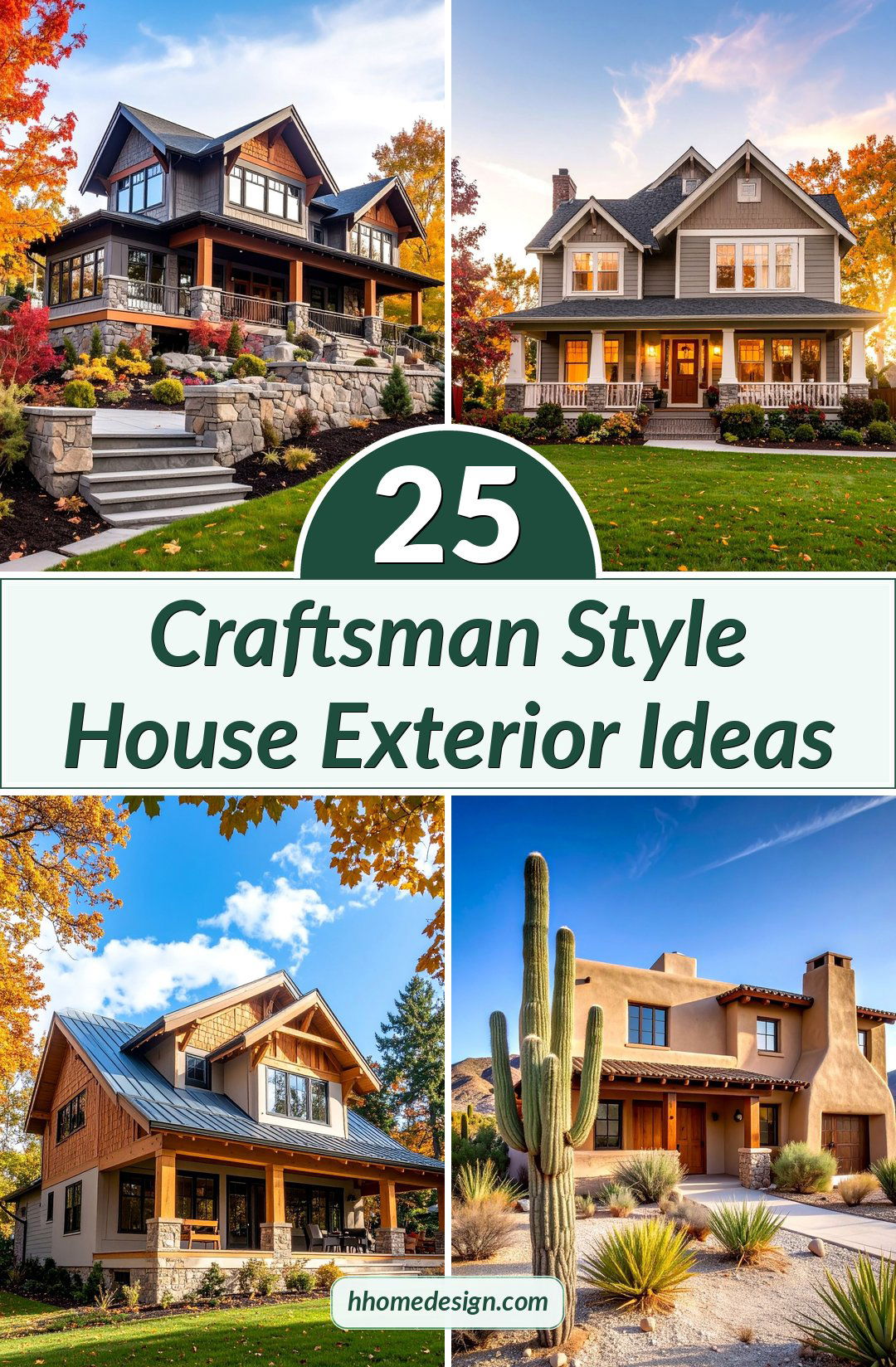
1. Traditional Cedar Shingle Craftsman with Stone Base
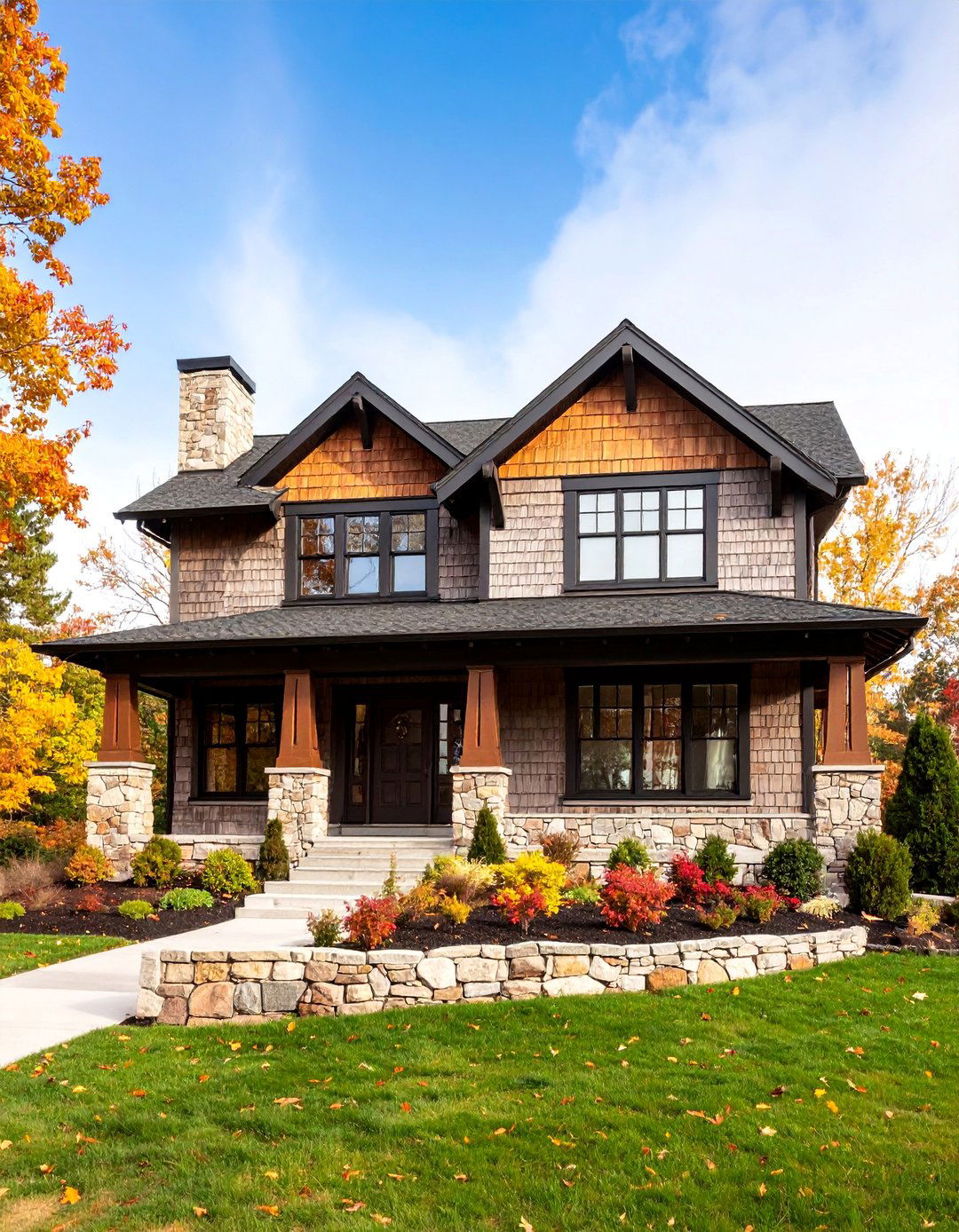
Cedar shingles paired with natural stone foundations create the quintessential Craftsman aesthetic that pays homage to the original Arts and Crafts movement. This timeless combination features weathered cedar shingles covering the upper sections while native fieldstone or cultured stone wraps the lower foundation and porch supports. The natural textures complement each other beautifully, with the stone providing solid grounding and the wood shingles adding warmth and organic appeal. Wide overhanging eaves with exposed rafter tails showcase structural elements, while deep-set windows with simple trim maintain clean lines. This approach works exceptionally well in wooded settings where the home can blend seamlessly with the natural landscape, creating a harmonious relationship between built and natural environments.
2. Modern Mixed Material Craftsman with Fiber Cement
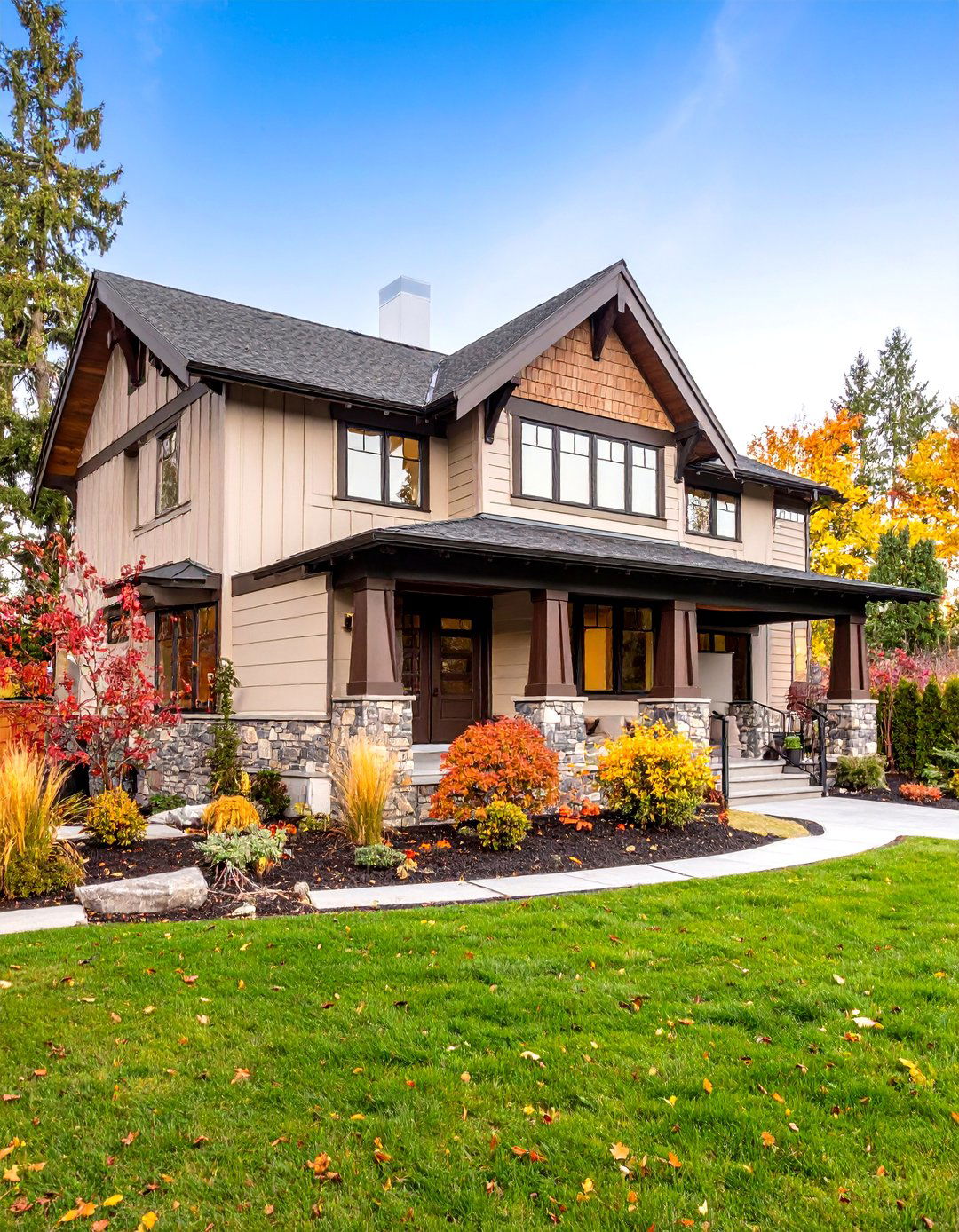
Contemporary Craftsman designs embrace mixed materials to achieve both durability and visual interest while respecting traditional proportions. Fiber cement lap siding in earthy tones like sage green or charcoal forms the primary exterior, complemented by natural stone or brick accents around the foundation and column bases. This combination offers the aesthetic appeal of traditional materials with enhanced weather resistance and lower maintenance requirements. Exposed rafters and decorative brackets maintain authentic Craftsman character, while clean-lined windows and minimal trim details create a more streamlined appearance. The integration of modern materials like steel accents or composite decking adds contemporary functionality without compromising the style's fundamental principles of honest construction and natural material celebration.
3. Board and Batten Craftsman with Contrasting Trim
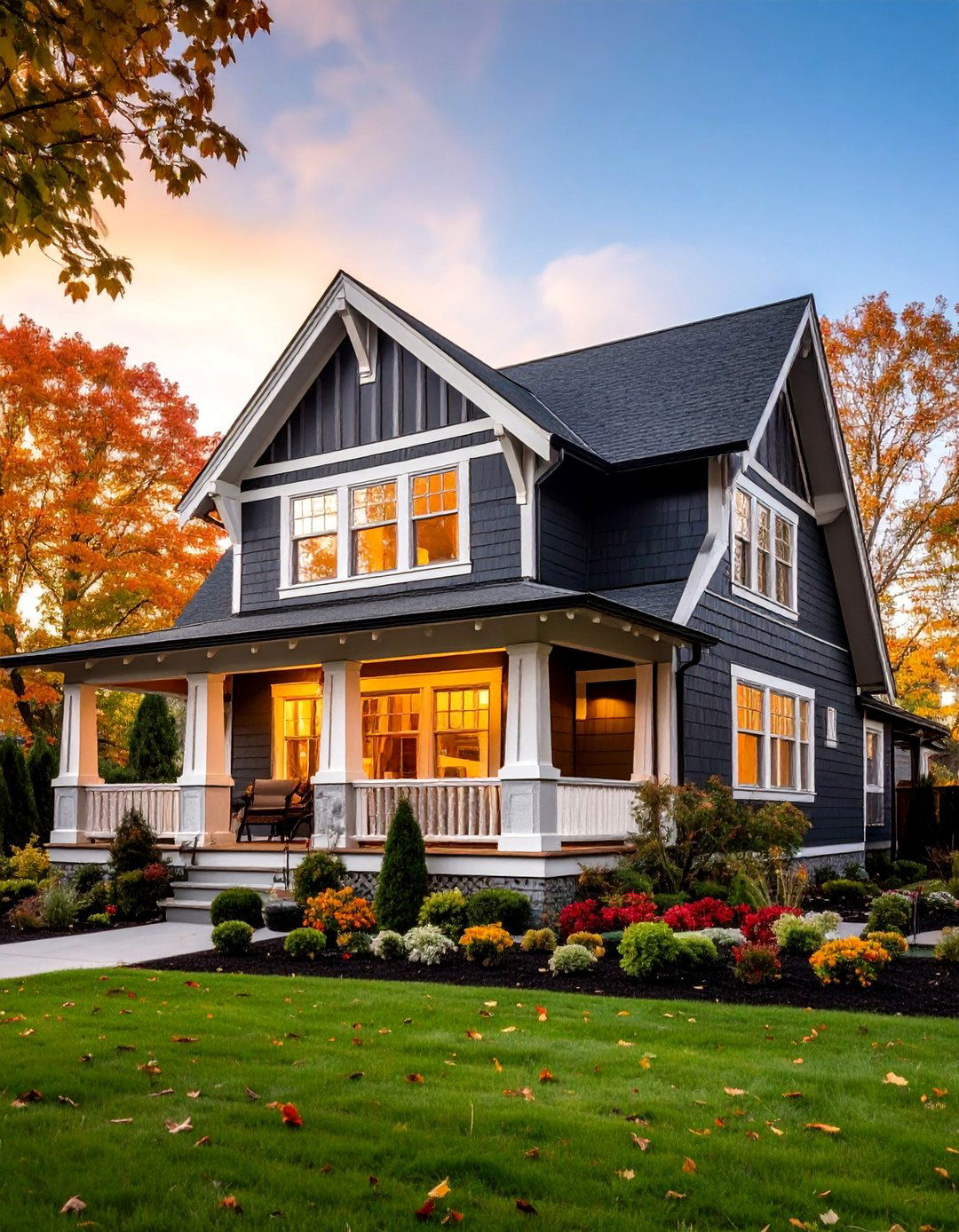
Board and batten siding creates dramatic vertical lines that add height and visual interest to Craftsman exteriors while maintaining the style's emphasis on honest construction. Wide vertical boards alternating with narrow battens provide texture and shadow play that changes throughout the day. When paired with contrasting trim colors—such as crisp white trim against deep forest green siding—the architectural details become more pronounced and sophisticated. This siding style works particularly well on Prairie-style Craftsman homes and larger two-story designs where the vertical emphasis helps balance the horizontal rooflines. The stark contrast between siding and trim colors highlights window surrounds, corner boards, and decorative elements, creating a more contemporary interpretation while preserving the handcrafted aesthetic that defines authentic Craftsman design.
4. Stucco Craftsman with Timber Frame Accents
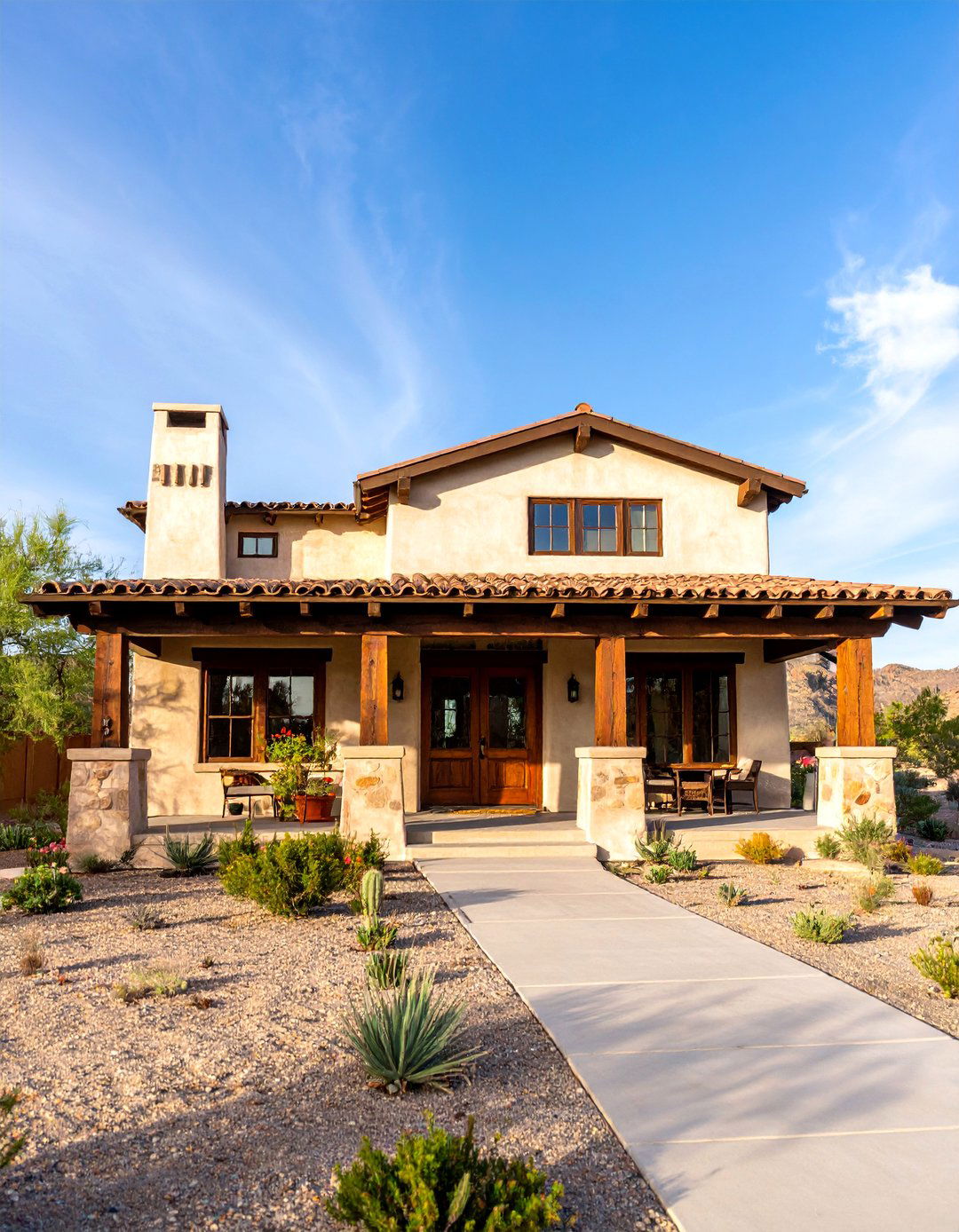
Stucco exteriors with exposed timber frame details represent the Mission Revival influence within Craftsman design, particularly popular in southwestern regions. Smooth or textured stucco walls in warm earth tones like terracotta, sand, or adobe provide a substantial backdrop for decorative timber elements. Dark-stained wooden beams, brackets, and trim create striking contrast against light-colored stucco surfaces. This combination works especially well with red tile roofs and wrought iron details, creating a Spanish Colonial Revival influence within the Craftsman framework. The heavy timber accents around doorways, windows, and under gabled sections emphasize the handcrafted quality while the stucco provides excellent insulation and weather protection. Wide covered porches with timber posts and beam construction maintain the style's emphasis on outdoor living and architectural integration.
5. River Rock and Cedar Plank Craftsman
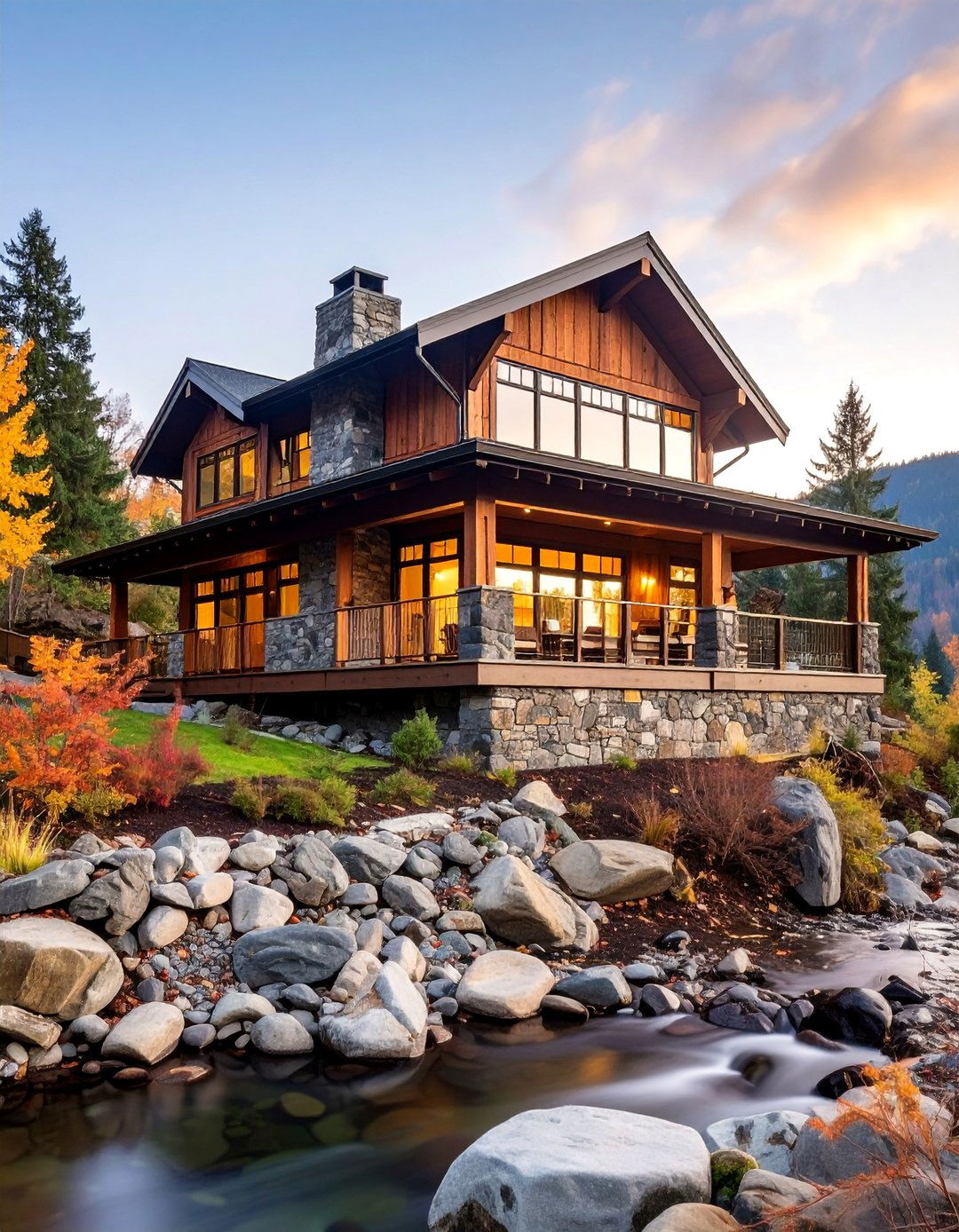
River rock foundations paired with horizontal cedar plank siding create a rustic yet refined Craftsman exterior that celebrates regional materials and natural textures. The river rock extends from grade level to approximately three feet high, providing a solid visual foundation that connects the home to its landscape. Cedar planks installed horizontally above the stone base add warmth and organic appeal while maintaining clean, geometric lines. Natural cedar weathers to a beautiful silver-gray patina over time, requiring minimal maintenance while developing character. This combination works exceptionally well in mountain or lakeside settings where the materials echo the surrounding environment. Deep overhangs with exposed timber rafters and decorative stone or timber brackets complete the authentic Craftsman aesthetic while providing practical weather protection.
6. Brick and Shingle Combination Craftsman
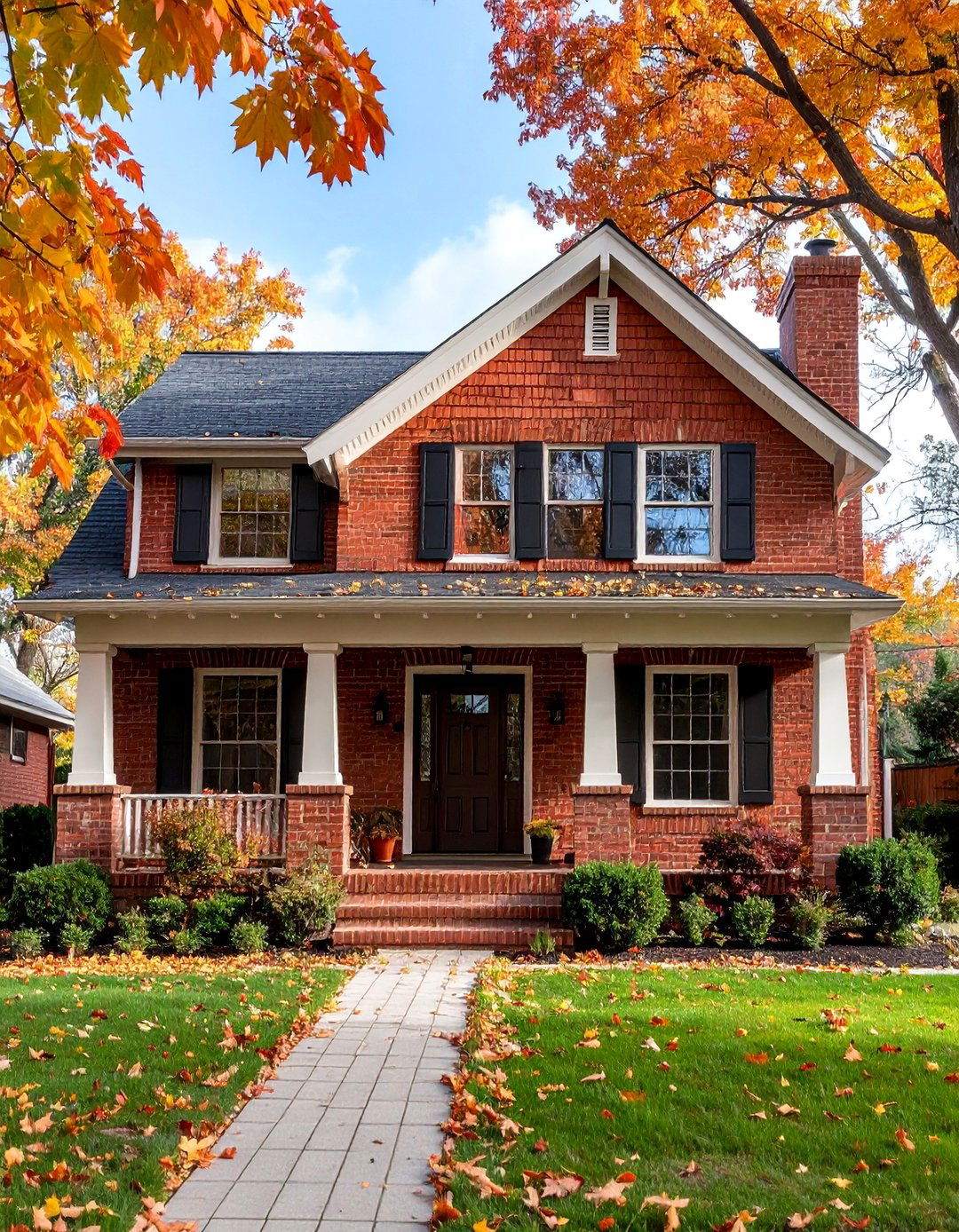
Clinker brick foundations topped with cedar or composite shingles create a sophisticated Craftsman exterior that balances permanence with texture. The brick section typically extends to window sill height, providing substantial visual weight and practical durability. Handcrafted clinker bricks with their irregular shapes and rich color variations add artisanal character that perfectly embodies Craftsman principles. Cedar shingles above the brick transition soften the hard masonry lines while adding organic texture and visual interest. This combination works particularly well with dark green or brown color schemes that complement the natural brick tones. Tapered columns with brick bases and wooden upper sections unify the material palette while maintaining proper proportions. Wide eaves with exposed rafters and decorative brackets complete the authentic period aesthetic.
7. Contemporary Dark Siding with White Trim Craftsman
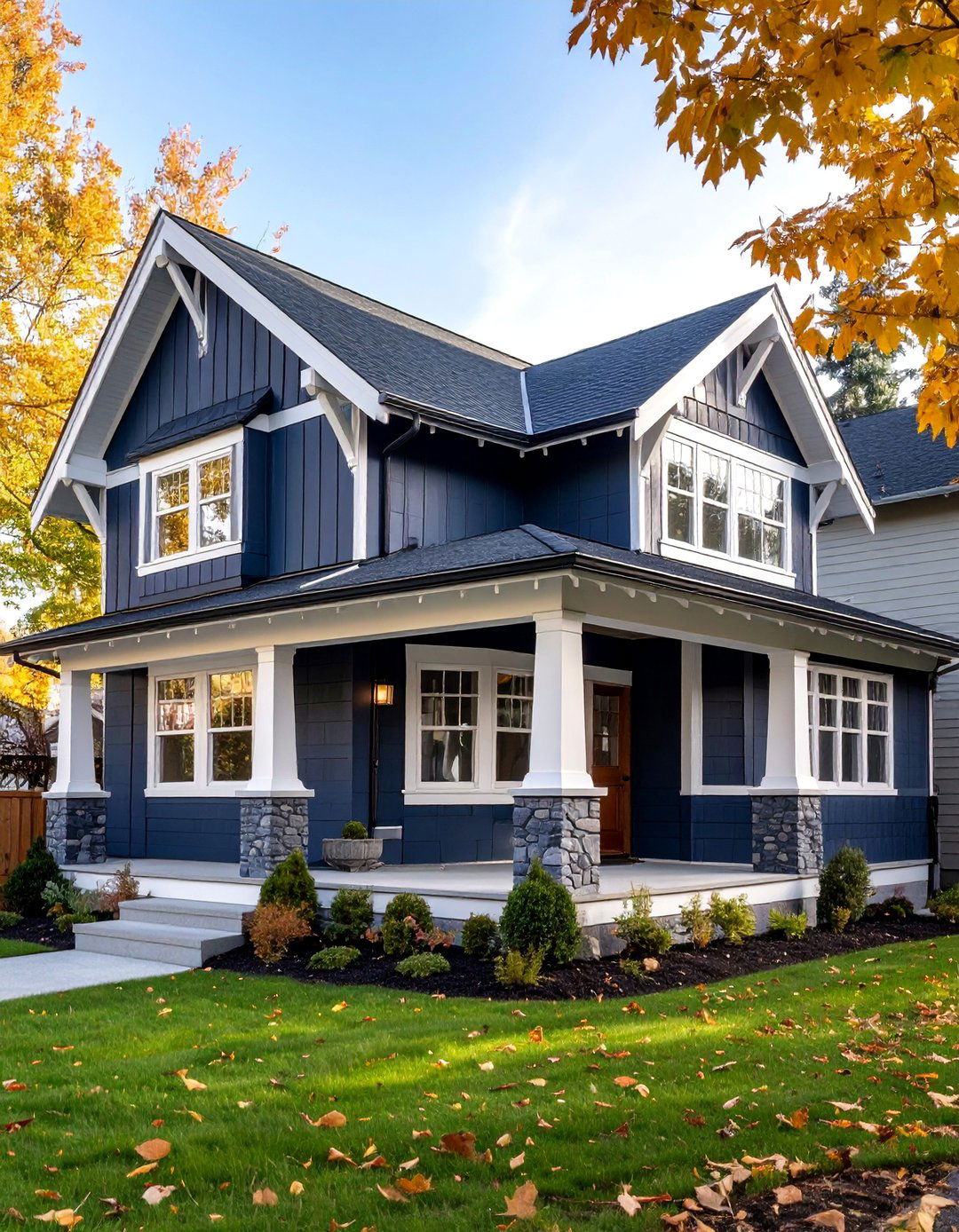
Modern Craftsman interpretations embrace bold dark colors like charcoal, navy, or black paired with crisp white trim to create striking contemporary exteriors. This high-contrast approach highlights architectural details while maintaining the style's fundamental proportions and structural elements. Dark fiber cement or wood siding provides dramatic backdrop for white-painted rafters, brackets, window trim, and porch elements. The monochromatic scheme with contrasting accents creates sophisticated, gallery-like exteriors that feel both timeless and thoroughly modern. This color palette works exceptionally well in urban settings where the bold contrast helps the home stand out while respecting neighborhood character. Deep overhangs and substantial porch columns maintain authentic Craftsman proportions, while the simplified color scheme emphasizes clean lines and structural honesty that defines the style's enduring appeal.
8. Gabled Dormer Craftsman with Mixed Rooflines
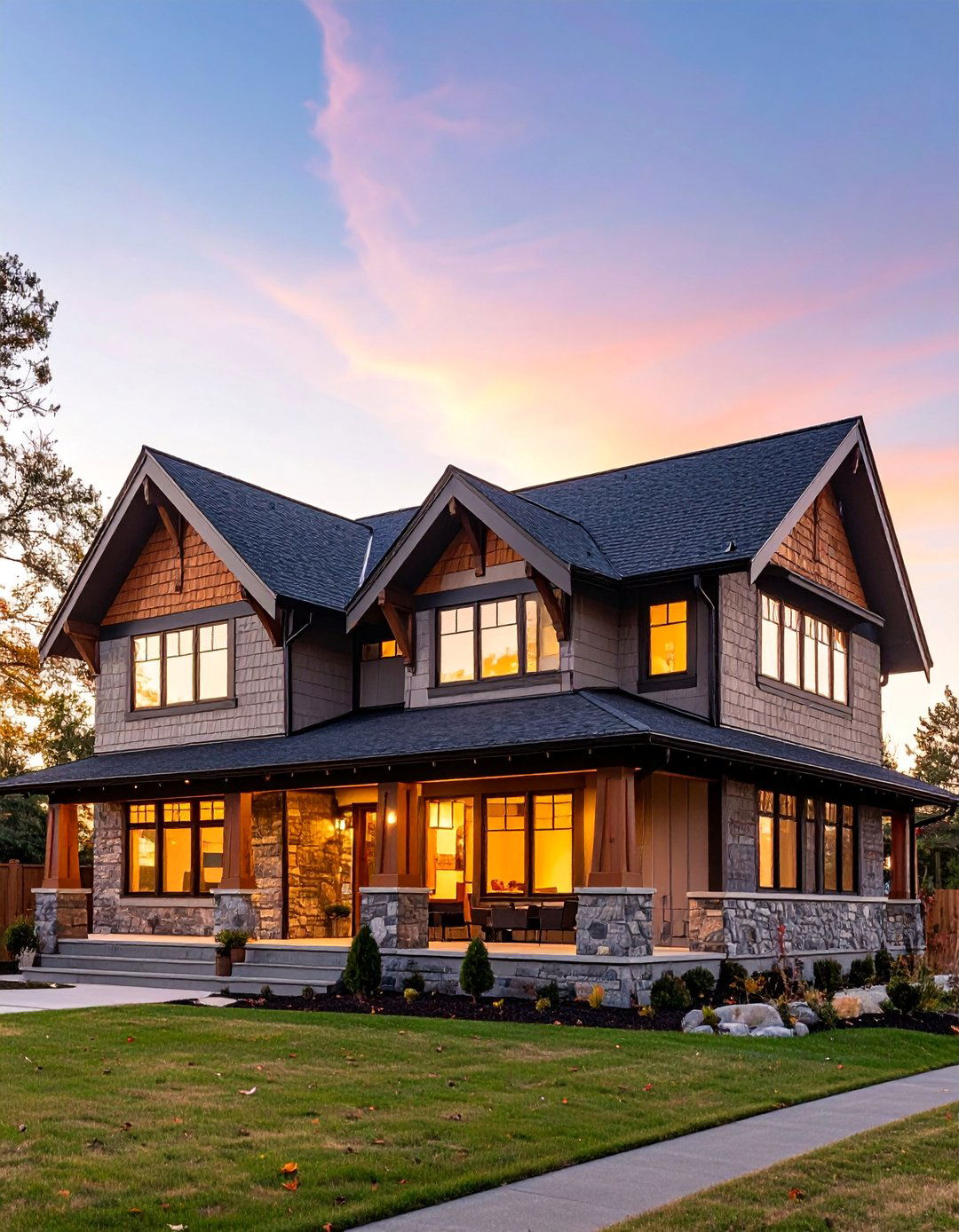
Multiple gabled dormers create complex, interesting rooflines that add architectural character and interior functionality to Craftsman homes. Front-facing dormers provide natural light and headroom for upper-level spaces while contributing to the home's exterior composition. Mixed roofline combinations—including cross gables, shed dormers, and hipped sections—create dynamic silhouettes that avoid monotony while maintaining cohesive design language. Cedar shake or asphalt shingle roofing in earth tones complements the varied roof forms without overwhelming the composition. Windows in dormers typically feature multi-pane upper sashes with single-pane lower sections, maintaining period authenticity. Wide eaves with exposed rafters extend across all roof sections, creating unified overhangs that provide weather protection and visual continuity. Decorative brackets and knee braces add structural detail while reinforcing the handcrafted aesthetic.
9. Stone Column Base Craftsman with Tapered Posts

Substantial stone column bases supporting tapered wooden posts create the iconic Craftsman porch aesthetic that emphasizes structural honesty and material authenticity. Natural fieldstone or dressed stone pedestals rise from grade to porch floor level, providing permanent foundations for the wooden column sections above. Tapered posts—wider at the base and narrower at the top—create visual stability while showcasing traditional woodworking techniques. This combination effectively bridges the transition between earth and structure, demonstrating the Craftsman principle of honest material use. Stone bases can incorporate local materials like river rock, limestone, or sandstone to reflect regional character. The wooden posts above typically feature simple, geometric profiles that avoid Victorian-era ornamentation while maintaining substantial proportions. Connecting beams and brackets between posts create structural integrity while adding decorative elements that celebrate craftsmanship.
10. Shed Roof Addition Craftsman with Clerestory Windows
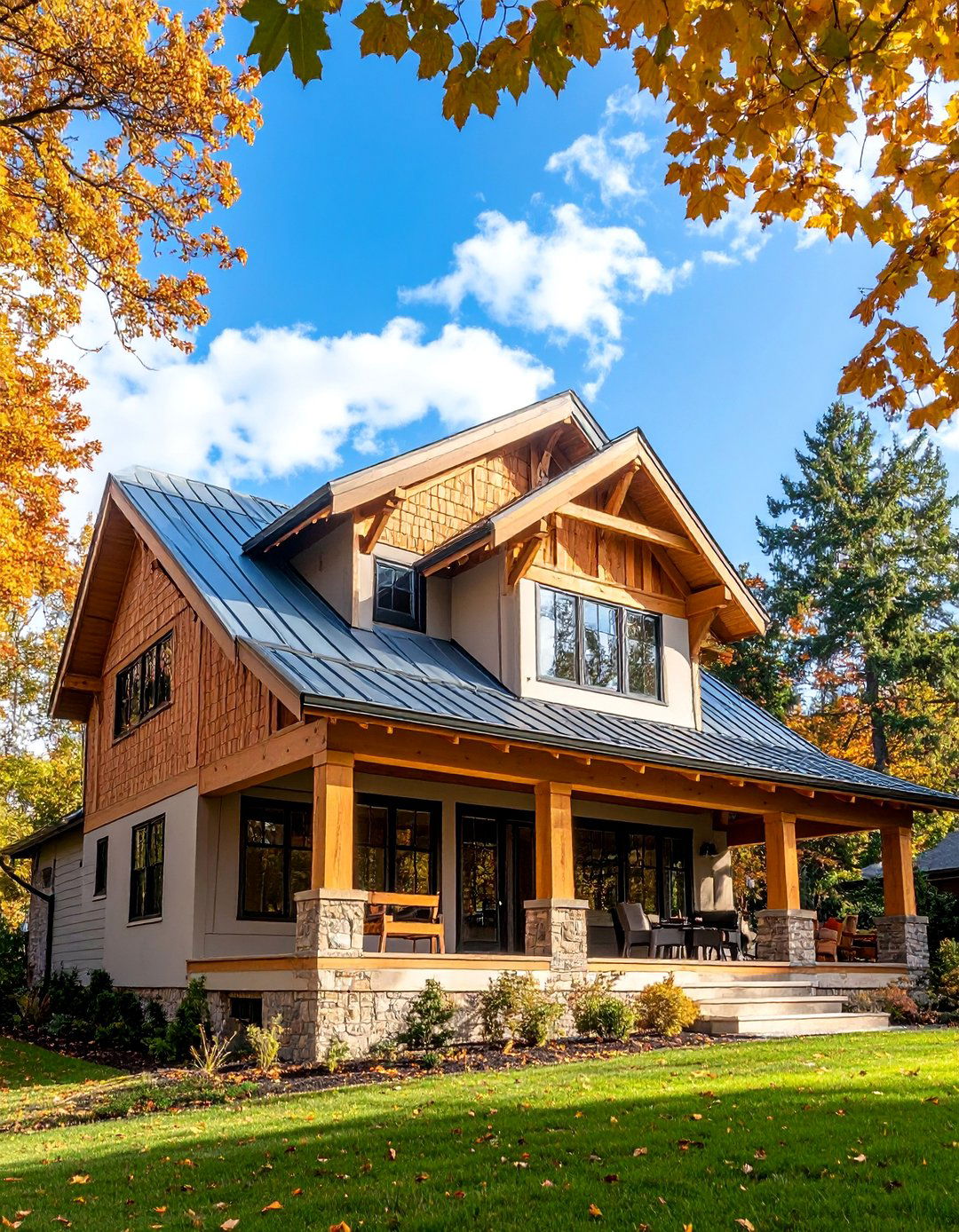
Shed roof additions with clerestory windows represent modern interpretations of Craftsman design that maximize natural light while maintaining horizontal emphasis. These single-slope roof sections often extend from the main gabled structure, creating interesting geometric compositions and additional interior space. Clerestory windows placed high in the shed roof sections flood interior spaces with natural light while maintaining privacy and weather protection. This design approach works particularly well for kitchen and living areas where abundant natural light enhances functionality. The shed roof sections typically feature exposed rafters and simplified details that complement the main structure's Craftsman elements. Metal roofing on shed sections can contrast with asphalt shingles on gabled areas, adding contemporary materials while respecting traditional proportions. Wide overhangs maintain consistent with the main structure's eave lines.
11. Coastal Craftsman with Weathered Wood and Metal Roof
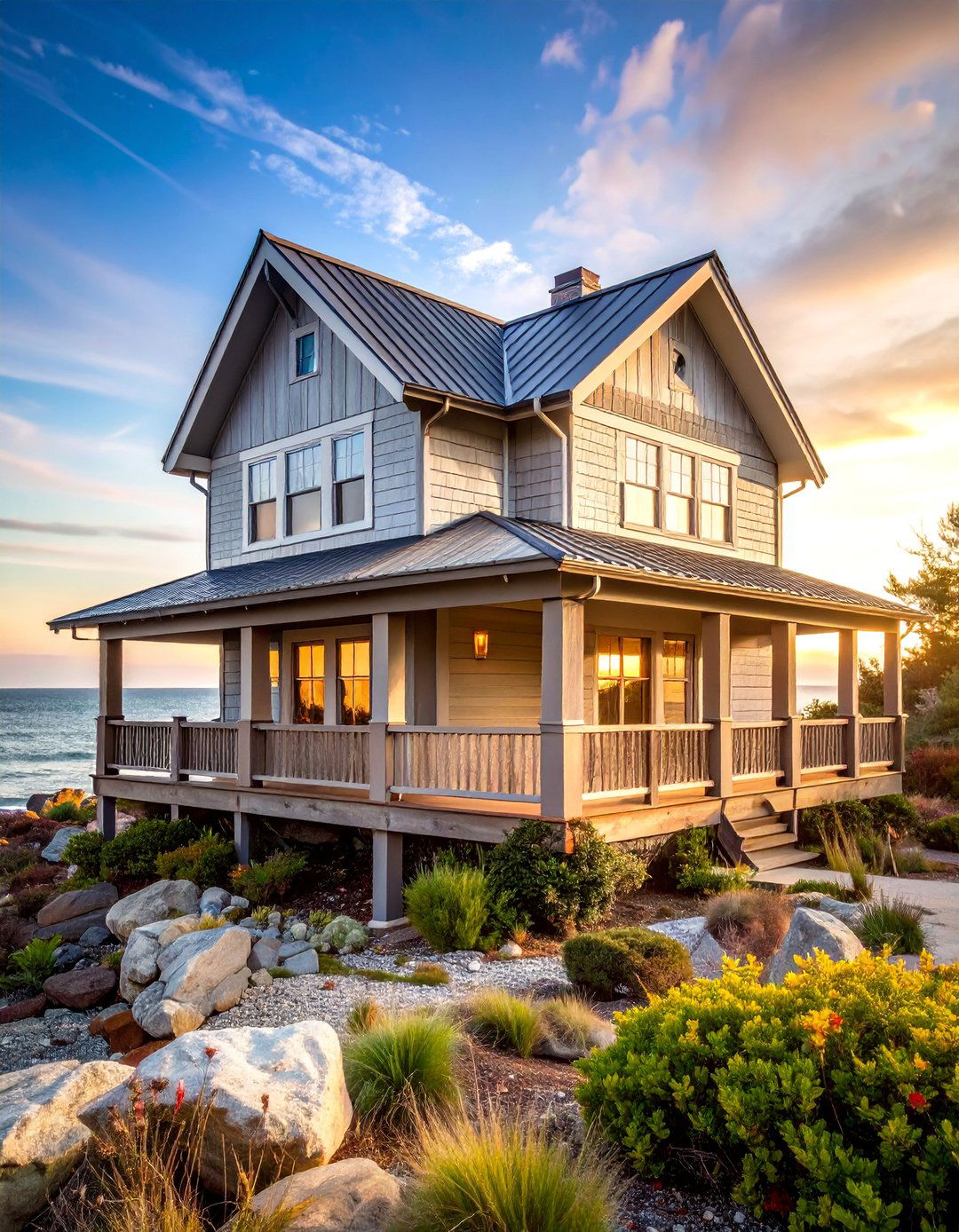
Coastal Craftsman homes embrace weathered wood siding and metal roofing to withstand marine environments while maintaining authentic style characteristics. Naturally weathered cedar siding develops beautiful silver-gray patina that reflects coastal light while requiring minimal maintenance. Standing seam metal roofs in charcoal or bronze tones provide excellent weather protection while complementing the natural wood tones. Wide overhangs with exposed rafters become even more important in coastal settings, providing protection from driving rain and salt spray. Stone or concrete foundations resist moisture while maintaining visual weight appropriate to Craftsman proportions. Deep covered porches with substantial posts and beams create outdoor living spaces protected from coastal weather. Large windows with simplified trim maximize ocean views while maintaining period-appropriate proportions. This combination creates homes that age gracefully in challenging coastal environments.
12. Prairie Style Craftsman with Horizontal Emphasis

Prairie Style Craftsman homes emphasize horizontal lines through extended rooflines, ribbon windows, and streamlined details that create sophisticated, contemporary interpretations. Low-pitched hipped roofs with wide overhangs extend beyond the main structure, creating dramatic horizontal shadows and weather protection. Continuous window bands wrap around corners, maximizing natural light while reinforcing the horizontal theme. Simplified trim details and geometric patterns replace traditional Craftsman ornamentation while maintaining the style's emphasis on structural honesty. Stucco or smooth fiber cement siding in neutral tones provides clean backgrounds for the geometric composition. Built-in planters and integrated landscaping elements blur the boundaries between interior and exterior spaces. This approach creates homes that feel both rooted in Craftsman tradition and thoroughly contemporary in their sophisticated simplicity and emphasis on horizontal flow.
13. Rustic Lodge Craftsman with Heavy Timber Frame

Heavy timber frame construction creates dramatic Craftsman exteriors that showcase massive wooden structural elements and celebrate traditional building techniques. Exposed timber posts, beams, and braces create substantial visual presence while demonstrating authentic construction methods. Log or heavy timber siding between structural elements adds rustic character while maintaining weather protection. Natural materials like cedar, pine, or fir develop beautiful patina over time while requiring minimal maintenance. Stone foundations and chimneys provide permanent, fire-resistant elements that anchor the wooden structure to its site. This approach works exceptionally well in mountain or forest settings where the scale and materials harmonize with the natural environment. Wide covered porches with timber post and beam construction create outdoor living spaces that feel integral to the overall design. Exposed hardware and traditional joinery details celebrate craftsmanship.
14. Multi-Level Craftsman with Terraced Design
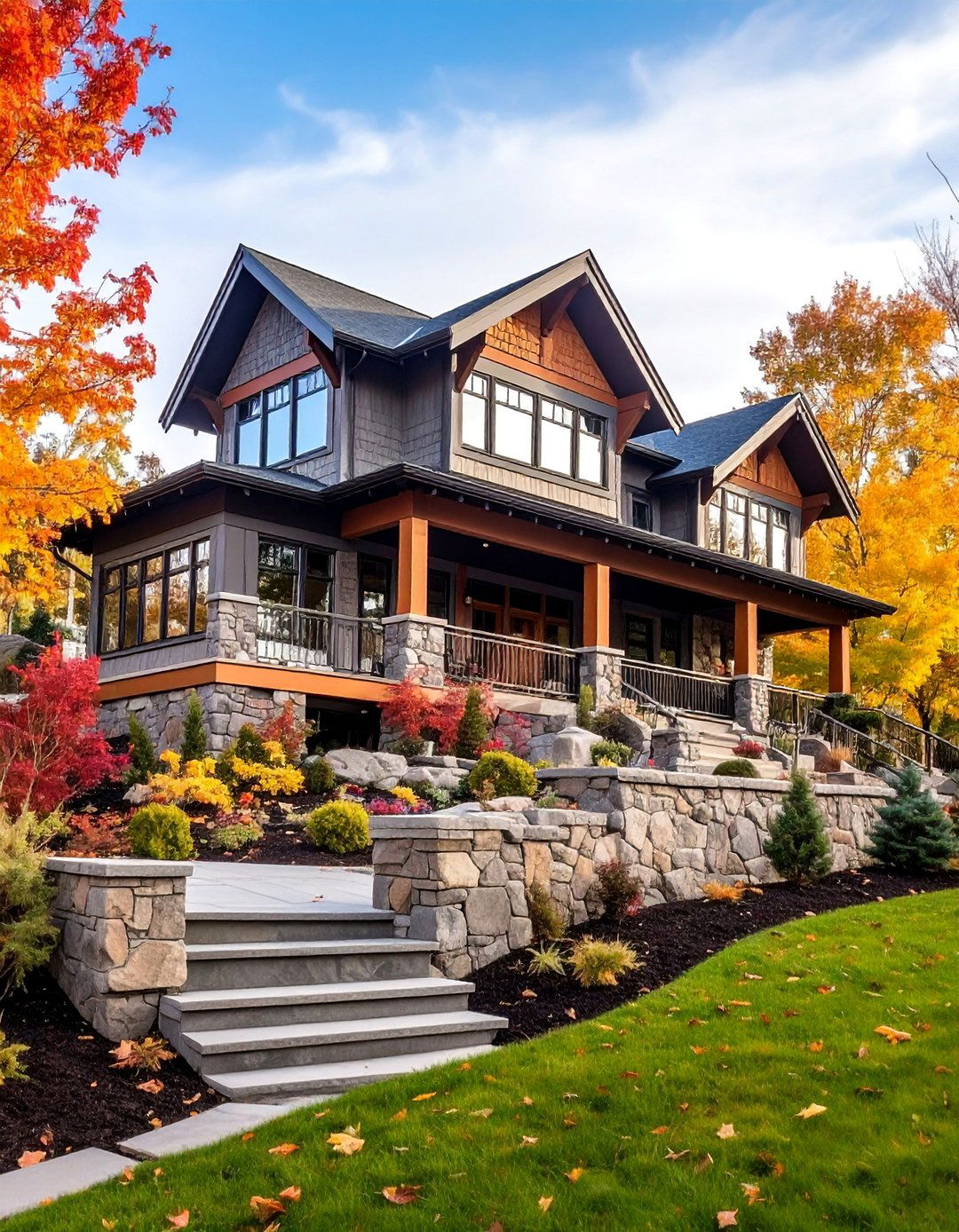
Multi-level Craftsman homes adapt to sloping sites through terraced designs that create interesting architectural compositions while maintaining style authenticity. Stepped foundations follow natural grade changes, creating multiple levels that reduce the home's apparent mass while maximizing views and natural light. Different roof heights and covered porches at various levels create dynamic silhouettes that avoid monotony. Stone retaining walls and terraced landscaping integrate the structure with its site while providing practical solutions for grade changes. Mixed materials—such as stone foundations, wood siding, and metal roofing—add visual interest while maintaining cohesive design language. This approach allows Craftsman homes to work effectively on challenging sites while creating unique architectural character. Multiple outdoor living spaces at different levels maximize the connection between interior and exterior environments.
15. Urban Craftsman with Compact Footprint

Urban Craftsman homes maximize architectural character within compact footprints through carefully proportioned details and efficient space planning. Narrow lots require vertical emphasis while maintaining horizontal rooflines and substantial proportions characteristic of the style. Two-story designs with dormers provide necessary interior space while keeping street facades appropriately scaled. Front porches—even when reduced in size—remain essential elements that create neighborhood connections and architectural character. Mixed materials like brick bases with fiber cement siding above add visual interest within limited surface area. Simplified details and contemporary materials reduce maintenance requirements while preserving authentic proportions. Large windows maximize natural light in compact interiors while maintaining period-appropriate multi-pane configurations. These homes demonstrate how Craftsman principles adapt successfully to urban environments while maintaining neighborhood compatibility and architectural integrity.
16. Farmhouse Craftsman with Wraparound Porch

Farmhouse Craftsman combinations create expansive, welcoming exteriors that emphasize outdoor living and rural connections through generous wraparound porches and simplified details. Wide covered porches extend across multiple building facades, creating substantial outdoor living spaces protected from weather. Simple post and beam construction with minimal ornamentation maintains farmhouse authenticity while incorporating Craftsman proportions and structural honesty. Board and batten siding or horizontal clapboards provide appropriate rural character while metal roofing adds contemporary durability. Large windows with simplified trim maximize natural light and views while maintaining period-appropriate proportions. Stone or concrete foundations provide practical durability while maintaining visual weight. This combination creates homes that feel both historically rooted and comfortably contemporary, perfect for rural or suburban settings where outdoor living and agricultural connections remain important lifestyle elements.
17. Arts and Crafts Influenced Craftsman with Art Glass
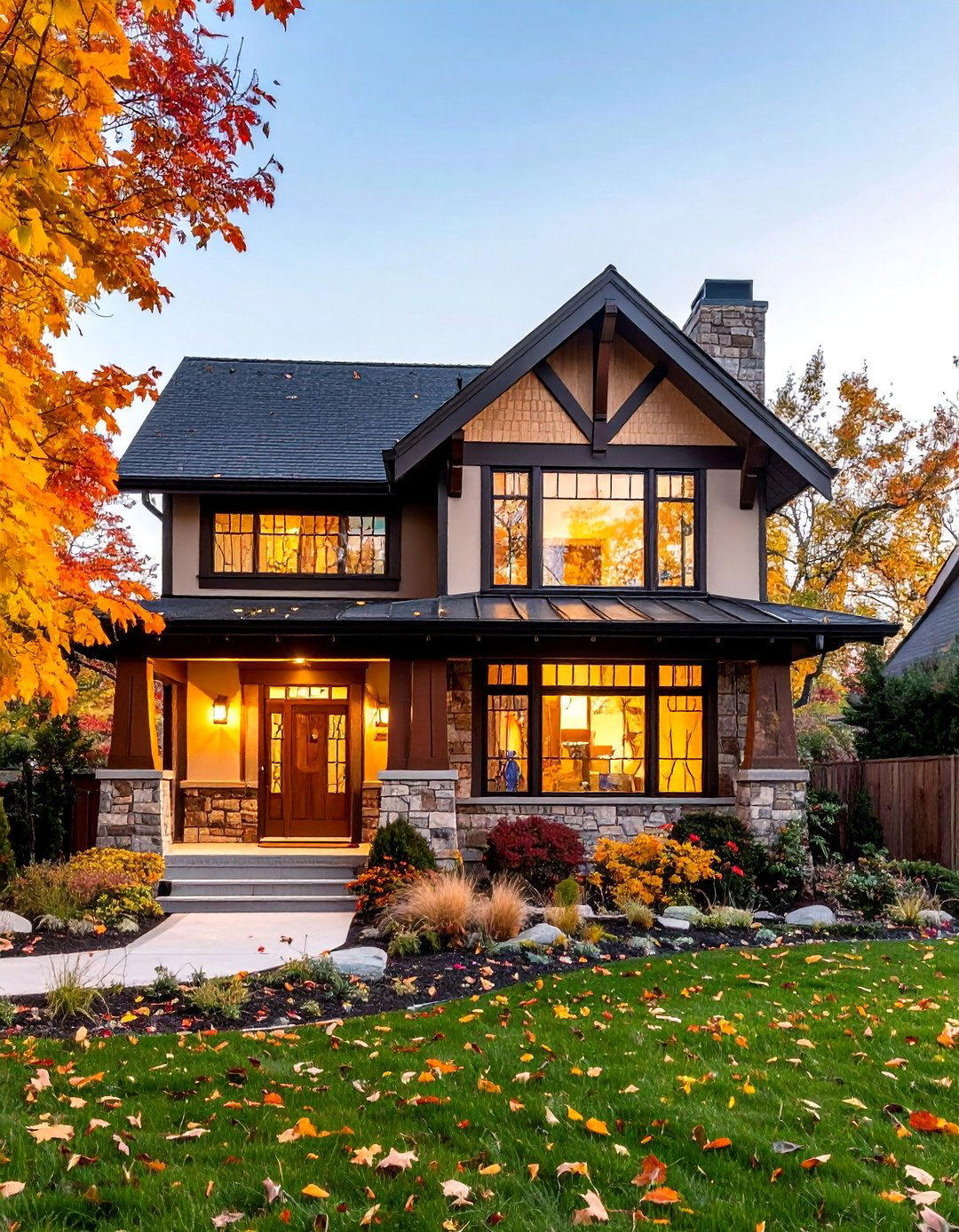
Arts and Crafts Craftsman homes incorporate decorative art glass windows and custom millwork details that elevate the style beyond simple functionality to artistic expression. Custom stained or leaded glass windows in geometric or nature-inspired patterns add color and visual interest while maintaining period authenticity. Hand-crafted millwork details like custom brackets, trim profiles, and built-in elements showcase artisanal skills and attention to detail. Natural material combinations—such as copper gutters, cedar siding, and stone foundations—develop beautiful patina over time while demonstrating commitment to quality and craftsmanship. Interior and exterior details work together to create cohesive artistic statements that honor the Arts and Crafts movement's emphasis on integrated design. These homes represent the highest expression of Craftsman ideals, where every element contributes to an overall artistic vision while maintaining functional excellence.
18. Desert Craftsman with Adobe and Timber
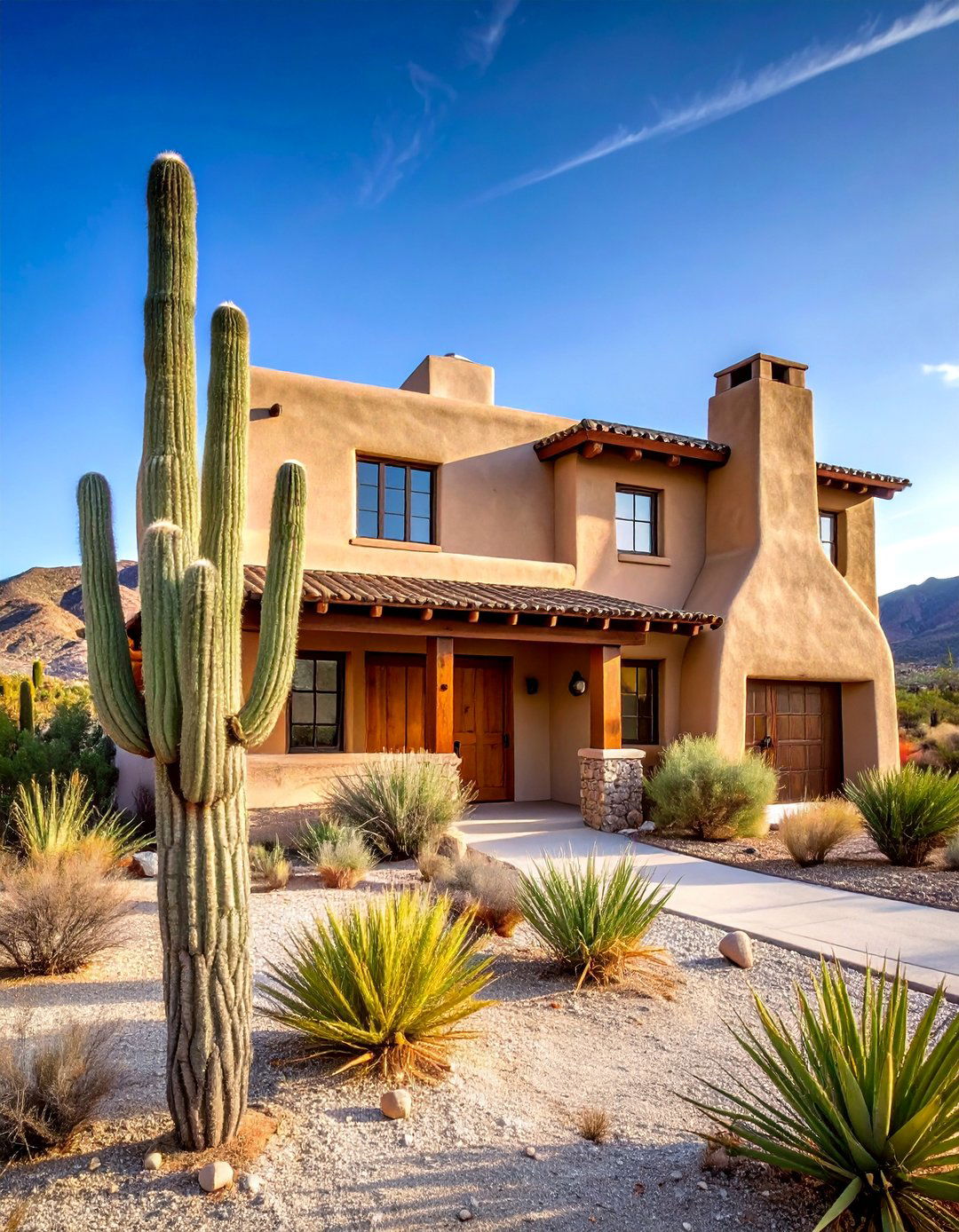
Desert Craftsman adaptations embrace regional materials like adobe, stucco, and weathered timber to create homes suited to arid climates while maintaining style authenticity. Thick adobe or stucco walls provide excellent thermal mass while creating substantial, sculptural forms appropriate to desert landscapes. Exposed timber elements—including vigas, corbels, and shade structures—add organic character while providing essential sun protection. Flat or low-pitched roofs with wide overhangs create deep shadows and weather protection essential in desert climates. Courtyards and covered outdoor spaces extend living areas while providing protection from intense sun and wind. Earth-tone color palettes reflecting local landscape create natural harmony while reducing visual impact. Native plant landscaping and stone hardscaping complete the regional adaptation while maintaining Craftsman principles of natural material use and environmental responsiveness.
19. Bungalow Craftsman with Prominent Front Gable

Classic Bungalow Craftsman homes feature prominent front-facing gables that create distinctive street presence while maintaining compact, efficient footprints. Large triangular gable ends often contain decorative elements like exposed timber framing, pattern shingles, or custom millwork that showcase craftsmanship. Deep overhangs with exposed rafters extend from all roof sections, creating unified shadow lines and weather protection. Single-story designs with partial second levels in roof spaces maximize efficiency while maintaining human scale. Wide front porches with substantial posts and beams create welcoming entries and neighborhood connections. Natural material combinations like cedar siding with stone foundations emphasize honest construction while providing practical durability. These quintessential Craftsman homes demonstrate how architectural character and functional efficiency combine to create timeless residential design that works equally well in urban or suburban contexts.
20. Contemporary Flat Roof Craftsman with Steel Accents
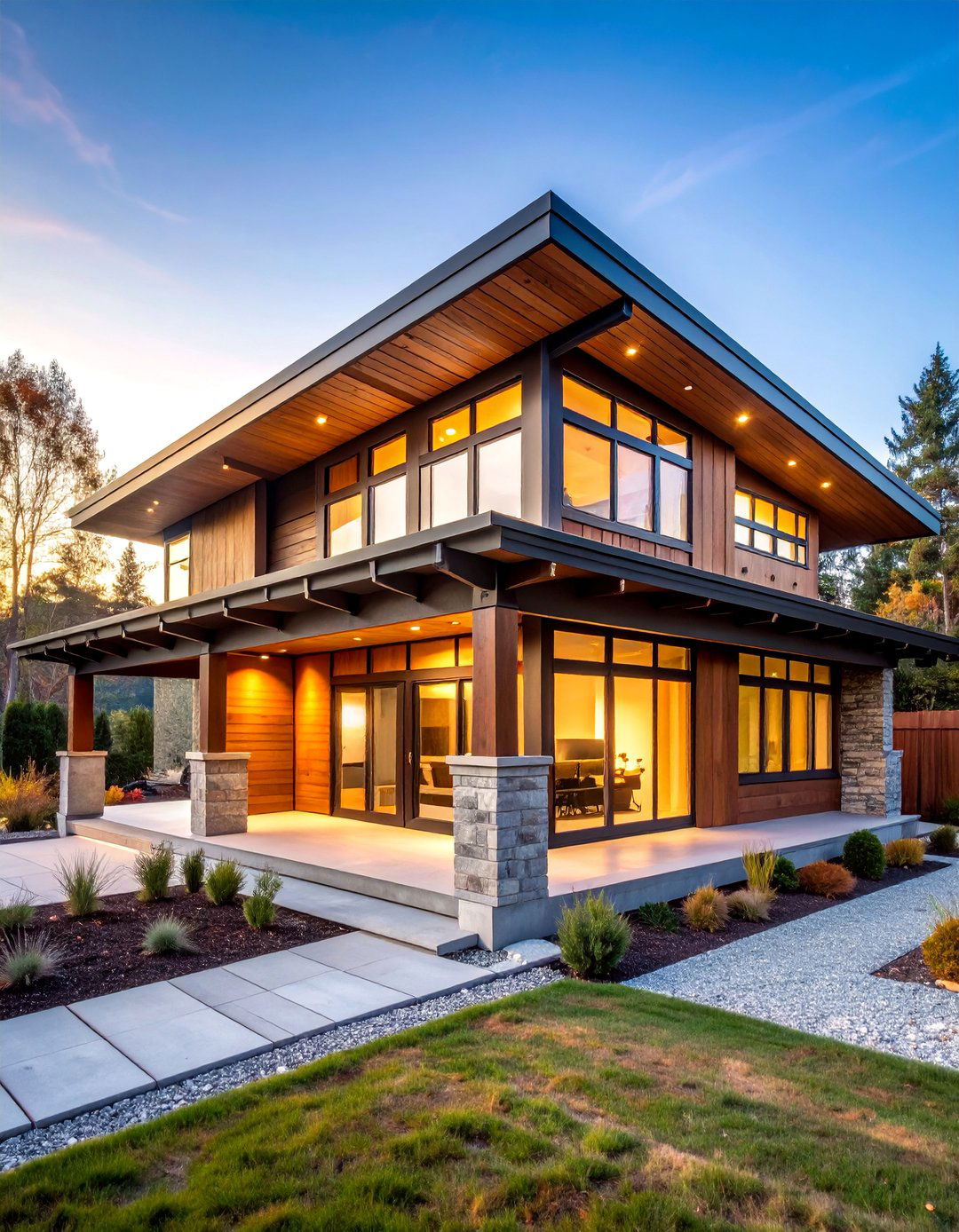
Contemporary Craftsman interpretations incorporate flat roofs and steel accents to create sophisticated, modern exteriors that maintain the style's fundamental principles while embracing current design trends. Flat or shed roofs with wide overhangs provide horizontal emphasis while creating opportunities for green roofs or solar installations. Steel beam and column accents add industrial character while demonstrating honest structural expression. Large windows with minimal frames maximize natural light and views while maintaining geometric proportions. Mixed materials like concrete, steel, and wood create contemporary palettes while respecting Craftsman material authenticity principles. Deep overhangs and covered outdoor spaces maintain the style's emphasis on weather protection and outdoor living. This approach creates homes that feel both historically informed and thoroughly contemporary, perfect for urban settings where modern functionality must coexist with neighborhood character.
21. Stone and Timber Craftsman with Natural Integration
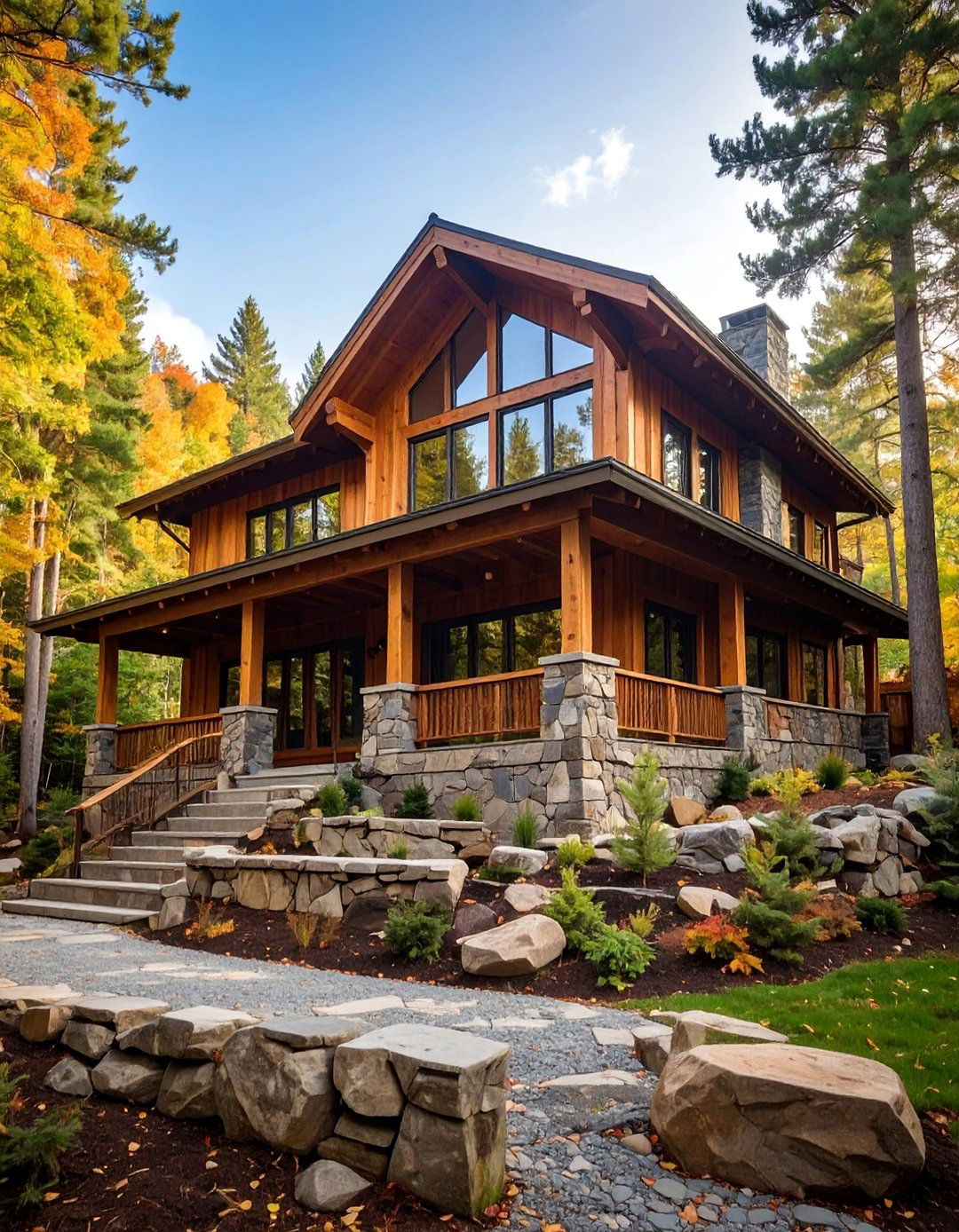
Stone and timber Craftsman homes achieve seamless integration with natural landscapes through careful material selection and site-responsive design strategies. Local stone foundations and accent walls connect the structure directly to its geological context while massive timber elements add organic warmth. Natural material combinations age gracefully, developing character over time while requiring minimal maintenance. Careful attention to site placement and orientation maximizes natural light and views while minimizing environmental impact. Native plant landscaping and natural water management systems complete the environmental integration. This approach creates homes that feel like natural outgrowths of their sites rather than imposed structures. Wide overhangs and covered outdoor spaces maintain Craftsman traditions while providing practical weather protection. The emphasis on regional materials and environmental responsiveness represents Craftsman ideals applied to contemporary sustainability concerns.
22. Vertical Board Craftsman with Industrial Elements
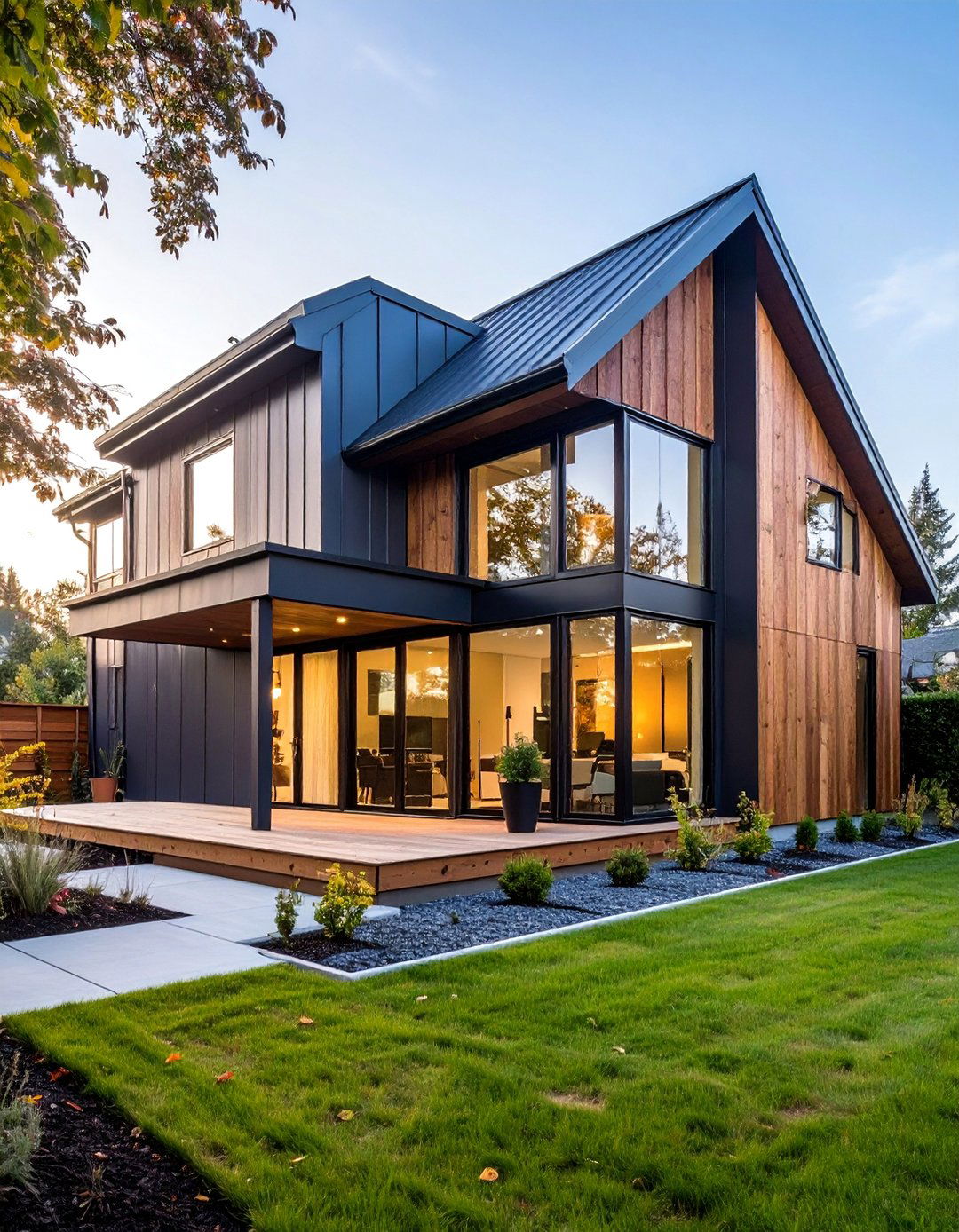
Vertical board siding combined with industrial elements creates distinctive Craftsman exteriors that blend traditional proportions with contemporary materials and details. Tall vertical boards add height and visual interest while metal roofing, steel windows, and exposed structural elements contribute industrial character. This combination works particularly well in urban settings where industrial heritage influences neighborhood character. Dark color palettes with contrasting trim highlight architectural details while creating sophisticated, gallery-like exteriors. Large windows with steel frames maximize natural light while maintaining geometric proportions appropriate to Craftsman design. Concrete foundations and steel accents provide practical durability while demonstrating honest material use. Wide overhangs with exposed steel or timber rafters maintain traditional weather protection while embracing contemporary structural expression. These homes successfully bridge traditional and contemporary design sensibilities.
23. Colonial Revival Craftsman with Symmetrical Composition
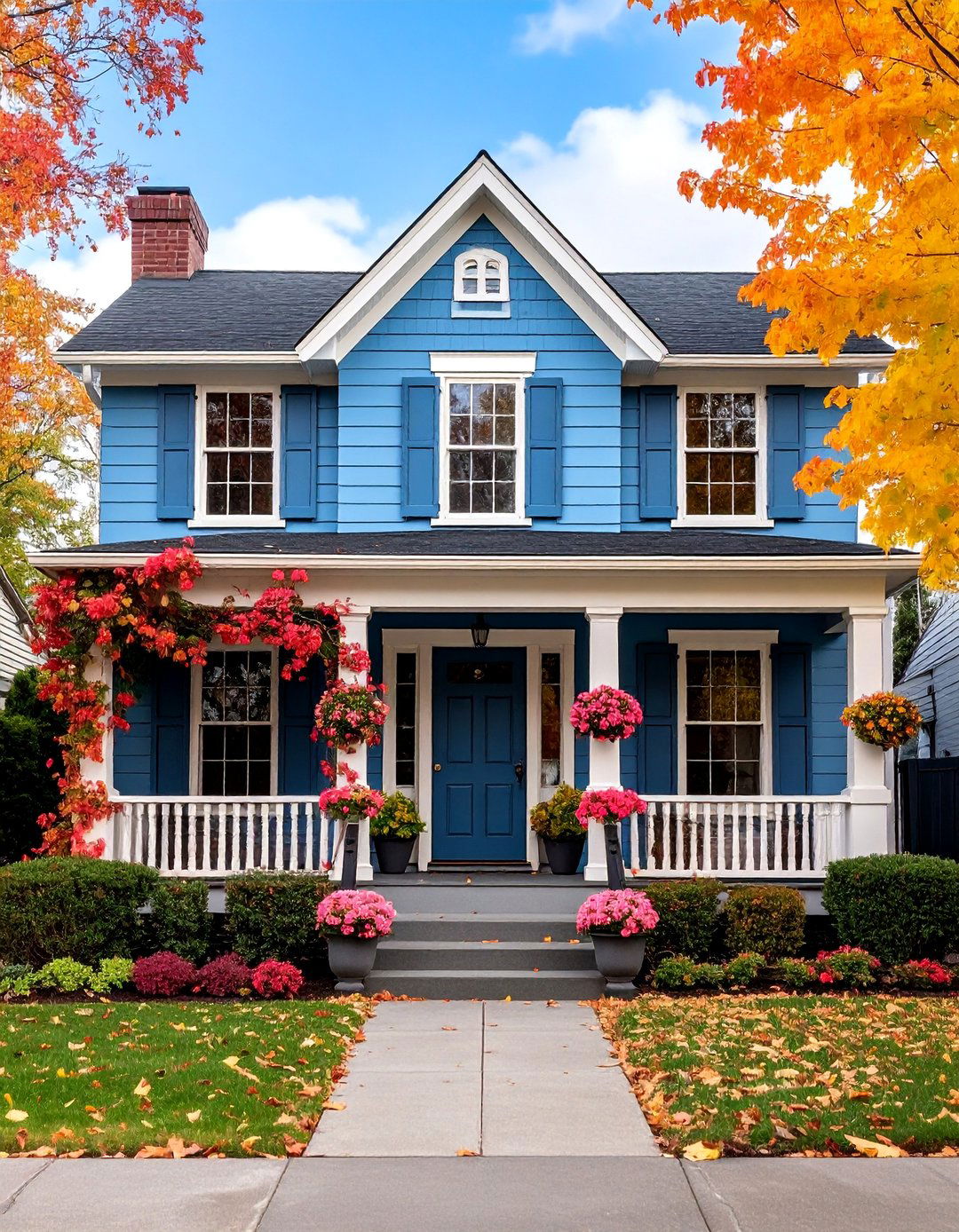
Colonial Revival Craftsman homes combine the symmetrical formality of Colonial design with Craftsman material authenticity and structural expression. Centered doorways flanked by balanced window arrangements create classical proportions while wide overhangs and exposed rafters maintain Craftsman character. Mixed materials like brick foundations with cedar siding above add visual interest while respecting both stylistic traditions. Dormers and multi-pane windows contribute Colonial Revival formality while substantial porch columns and natural materials maintain Craftsman authenticity. This hybrid approach creates homes that feel both historically rooted and architecturally sophisticated. Careful attention to proportion and detail ensures that elements from both traditions work harmoniously rather than competing. The result represents thoughtful adaptation of traditional American residential styles to create contemporary homes with rich architectural heritage.
24. Mountain Lodge Craftsman with Rustic Materials

Mountain Lodge Craftsman homes embrace rustic materials and substantial proportions to create dramatic exteriors suited to alpine environments and vacation settings. Massive stone foundations and chimneys provide fire-resistant permanence while log or heavy timber siding adds organic character. Metal roofing in dark tones sheds snow effectively while complementing natural material palettes. Substantial timber posts and beams create dramatic covered entries and outdoor living spaces protected from mountain weather. Large windows maximize mountain views while dormers and clerestories flood interior spaces with natural light. Natural material combinations like cedar, stone, and steel age beautifully in mountain environments while requiring minimal maintenance. Wide overhangs and covered porches provide essential weather protection while creating outdoor spaces that extend the living environment into the natural landscape.
25. Eco-Friendly Craftsman with Sustainable Materials

Eco-friendly Craftsman homes incorporate sustainable materials and energy-efficient systems while maintaining authentic style characteristics and architectural integrity. Reclaimed wood siding, recycled metal roofing, and low-impact foundations reduce environmental impact while demonstrating material authenticity. Solar panels integrated into roof design provide renewable energy while maintaining appropriate proportions and visual harmony. Natural ventilation strategies and passive solar design principles reduce mechanical system dependence while improving interior comfort. Native plant landscaping and rainwater management systems complete the sustainable approach while maintaining Craftsman landscape integration traditions. High-performance windows and insulation systems provide contemporary comfort while respecting historical window proportions and trim details. This approach demonstrates how Craftsman principles of honest construction and environmental responsiveness translate effectively to contemporary sustainability concerns while maintaining timeless architectural character.
Conclusion:
Craftsman style exteriors continue to captivate homeowners through their perfect balance of functionality, natural beauty, and handcrafted character. From traditional cedar and stone combinations to contemporary interpretations with sustainable materials, these 25 design approaches demonstrate the style's remarkable adaptability while maintaining core principles of honest construction and environmental harmony. Whether embracing rustic simplicity or sophisticated modern elements, successful Craftsman exteriors always celebrate quality materials, structural integrity, and thoughtful proportion. The enduring appeal lies in the style's ability to create homes that feel both architecturally significant and comfortably livable, making them perfect for today's homeowners seeking authentic character and timeless design excellence.


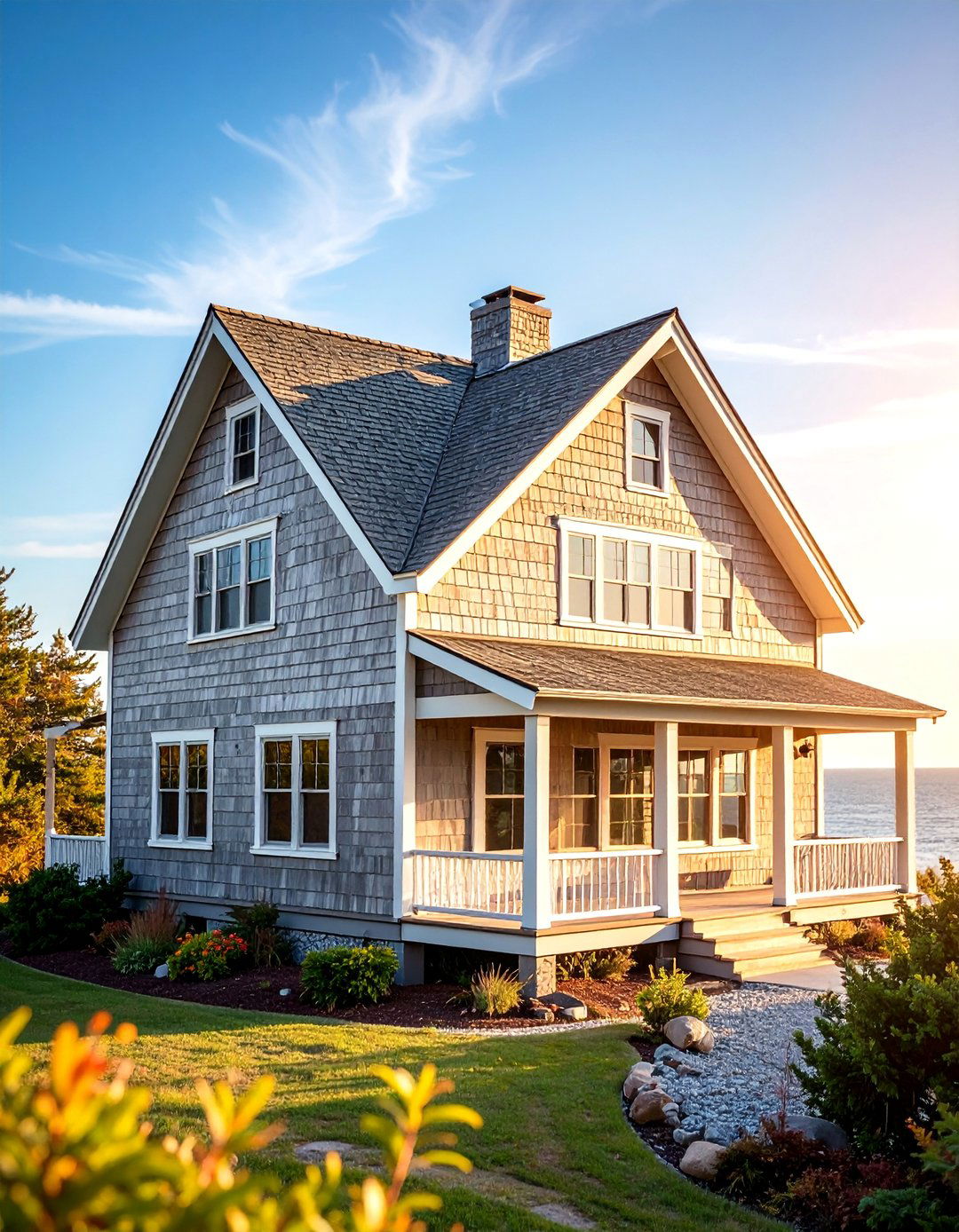
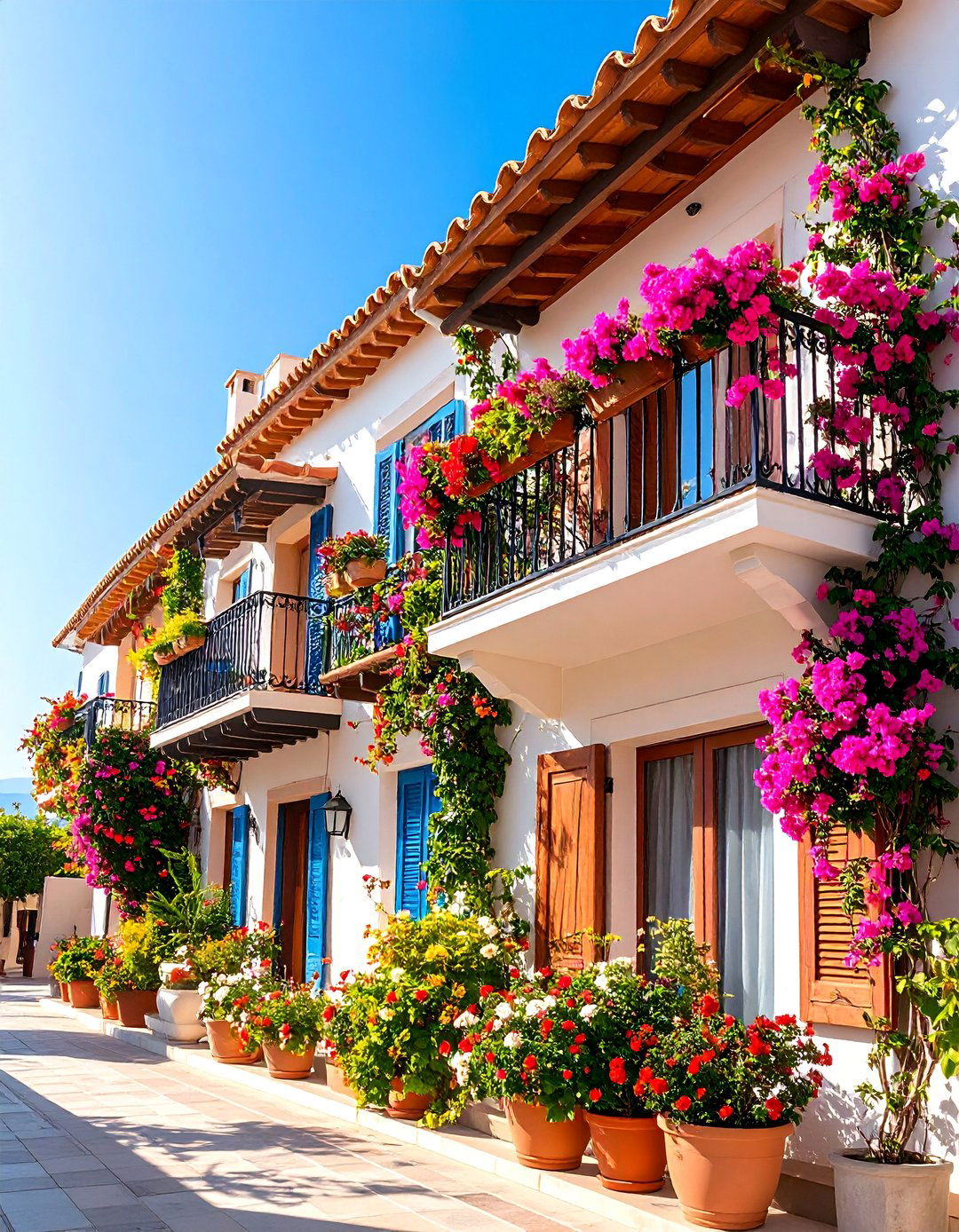

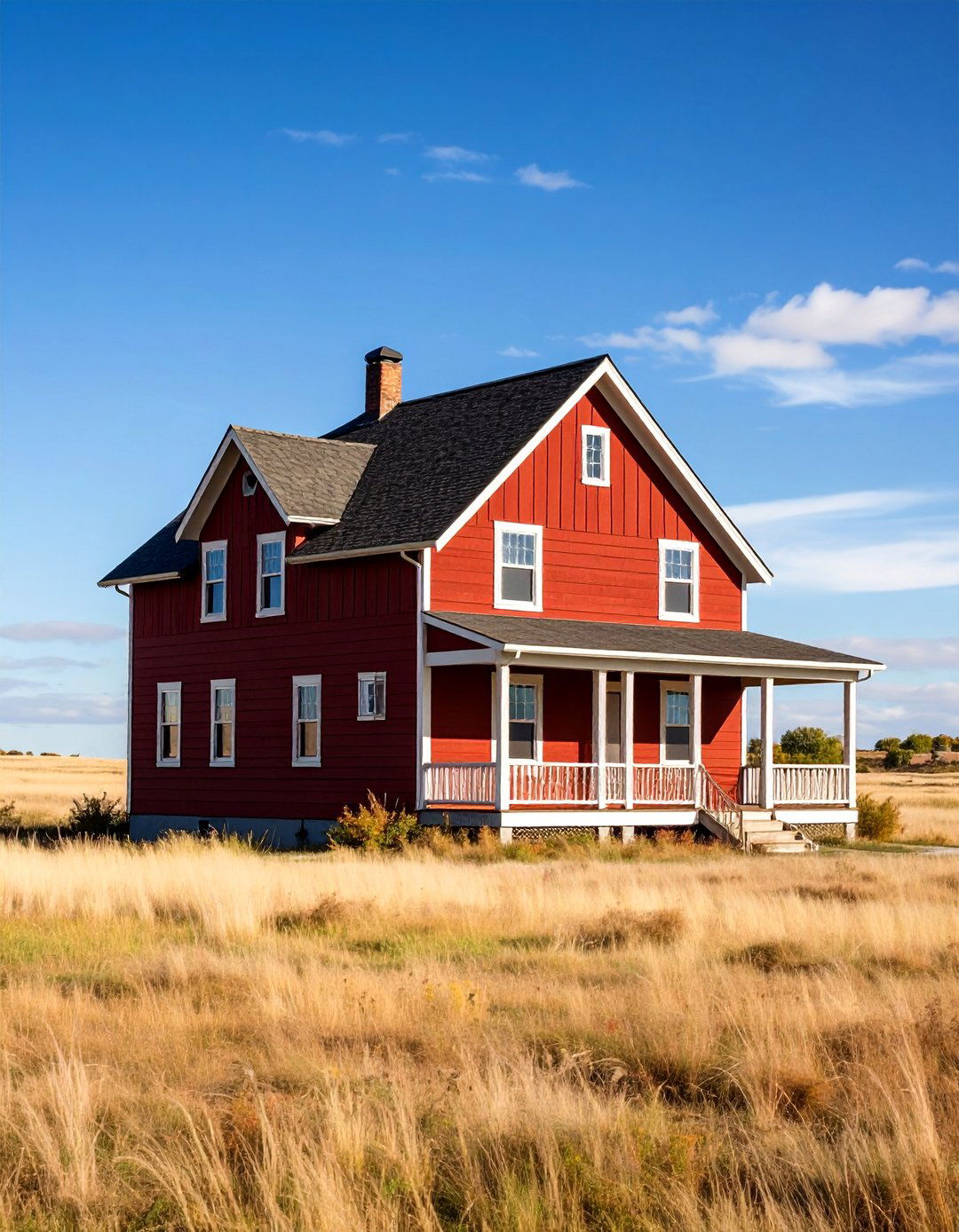

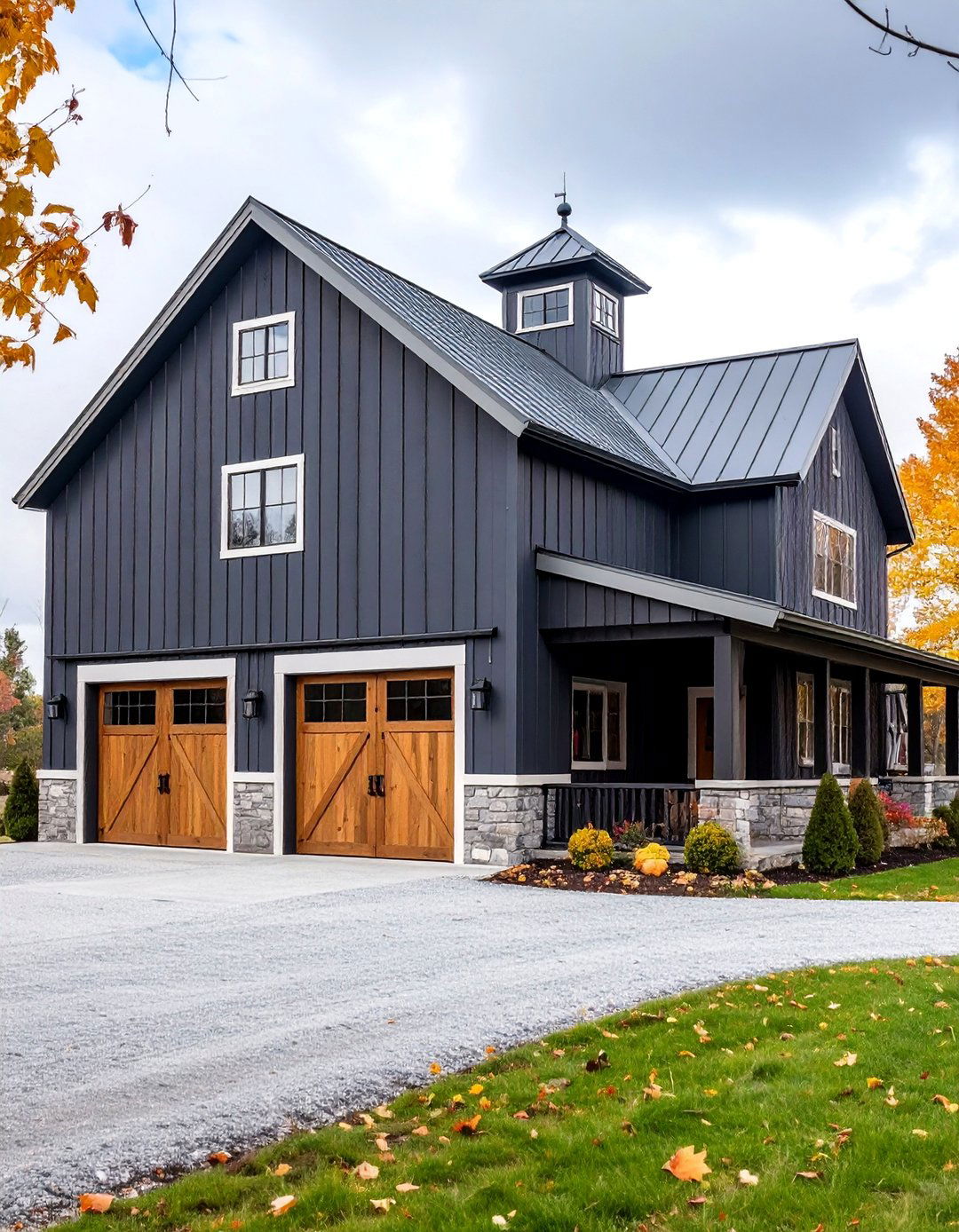
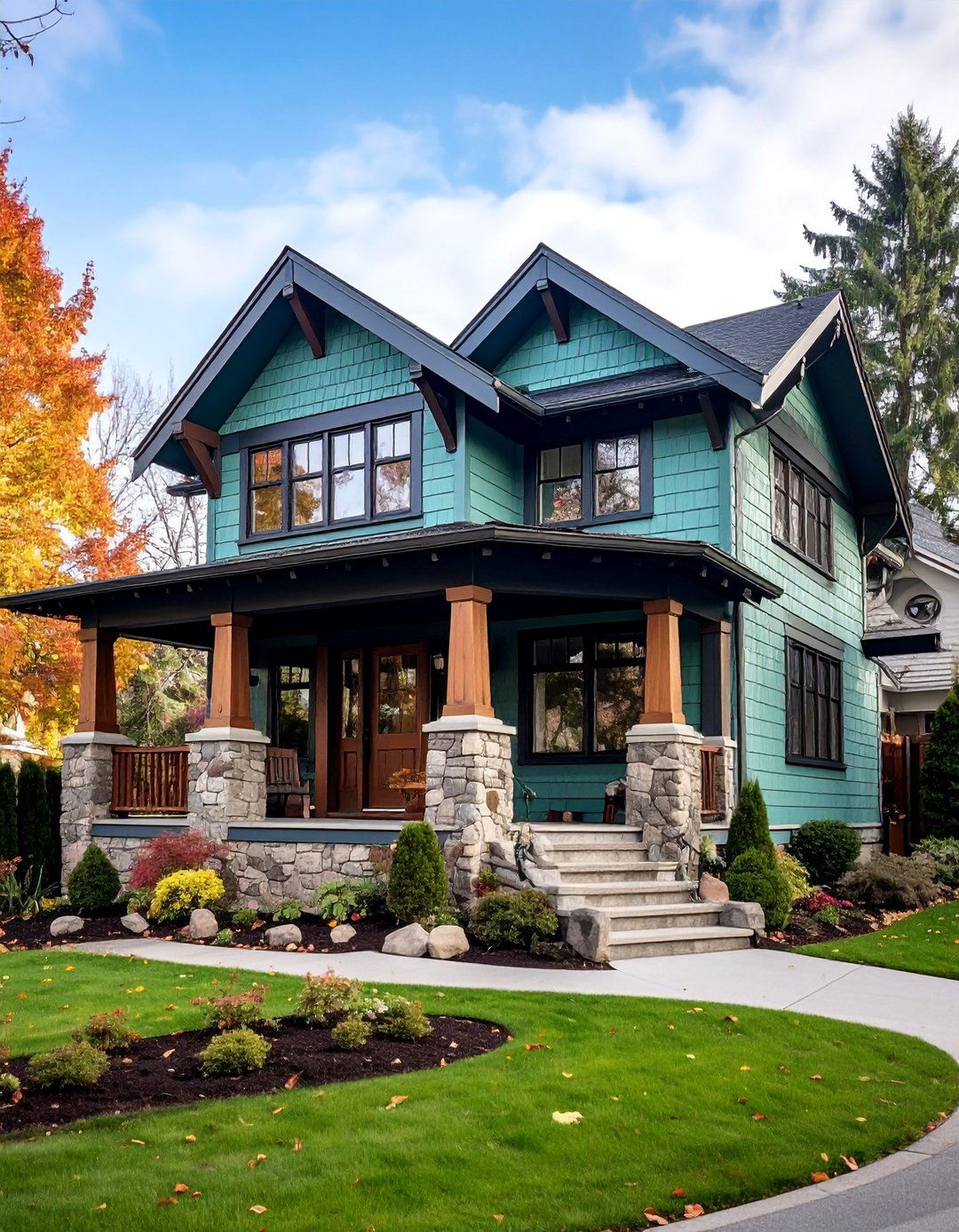
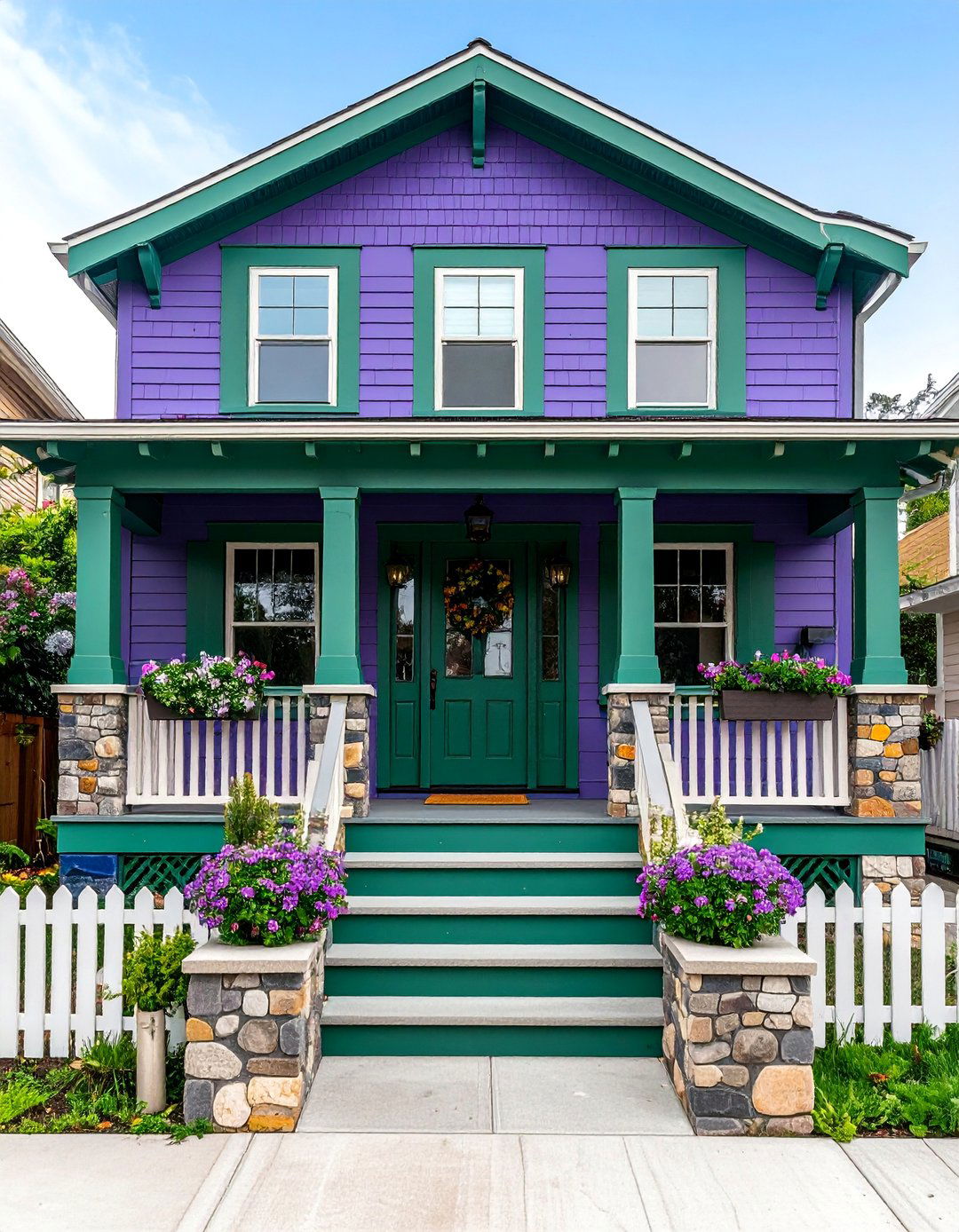

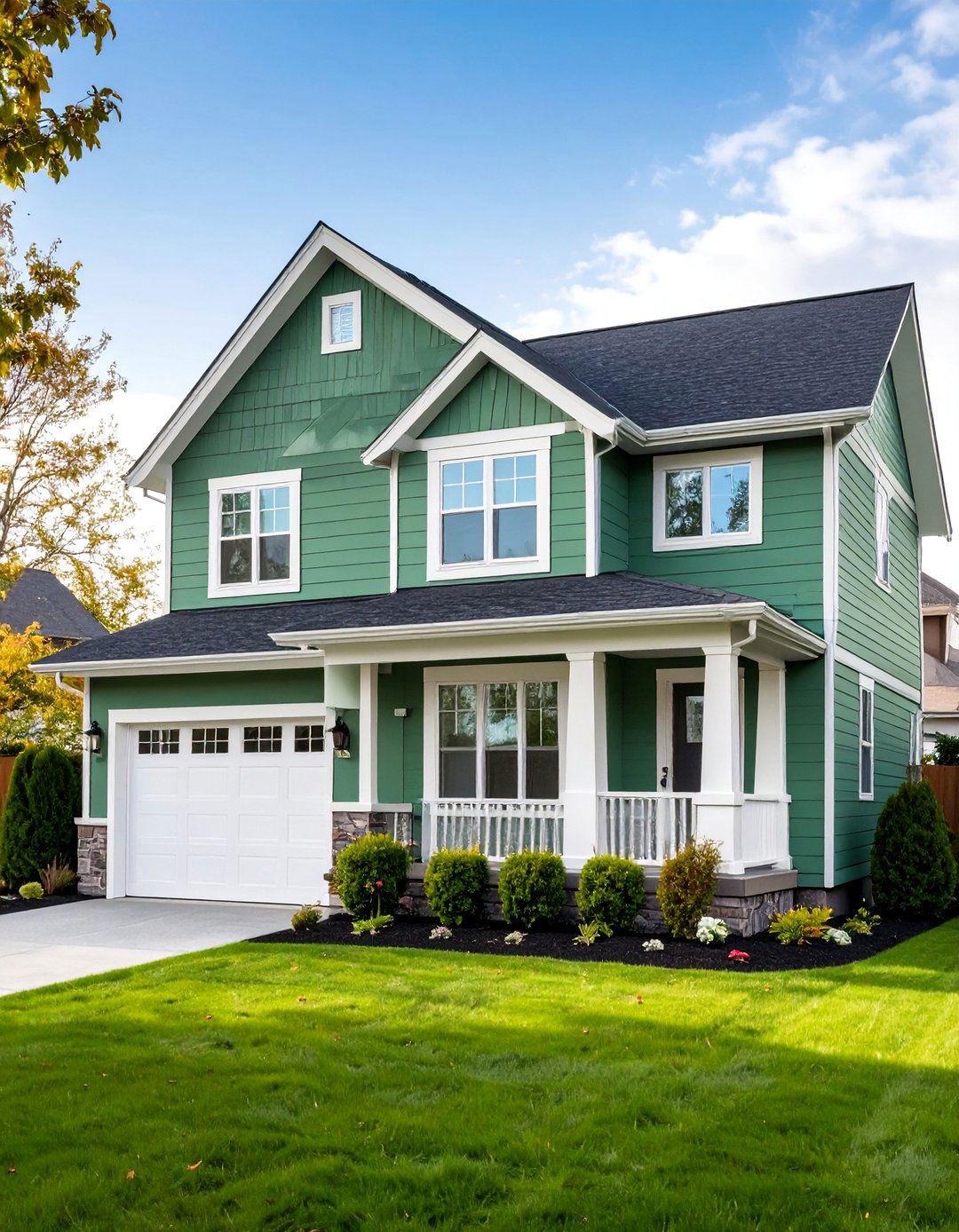
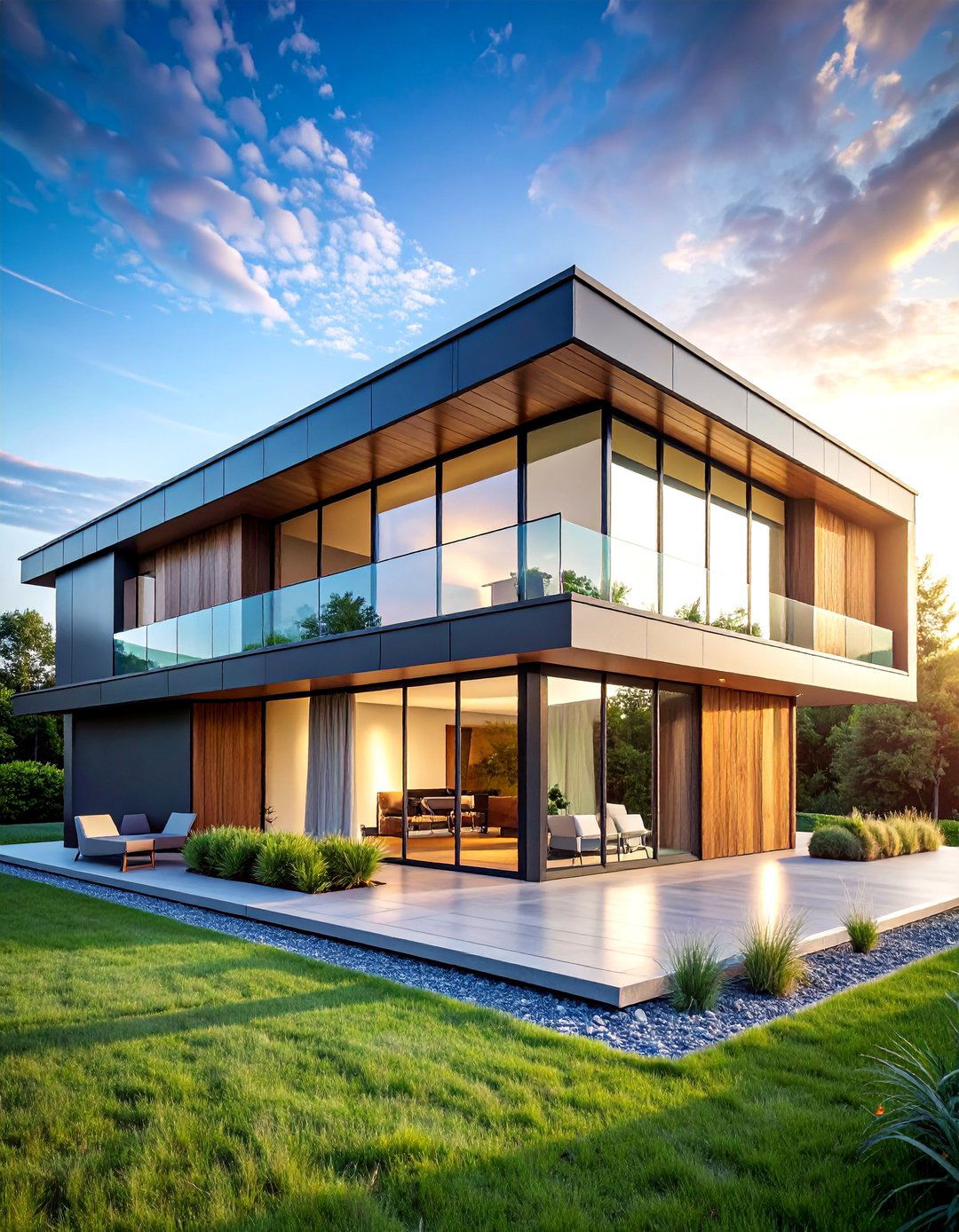
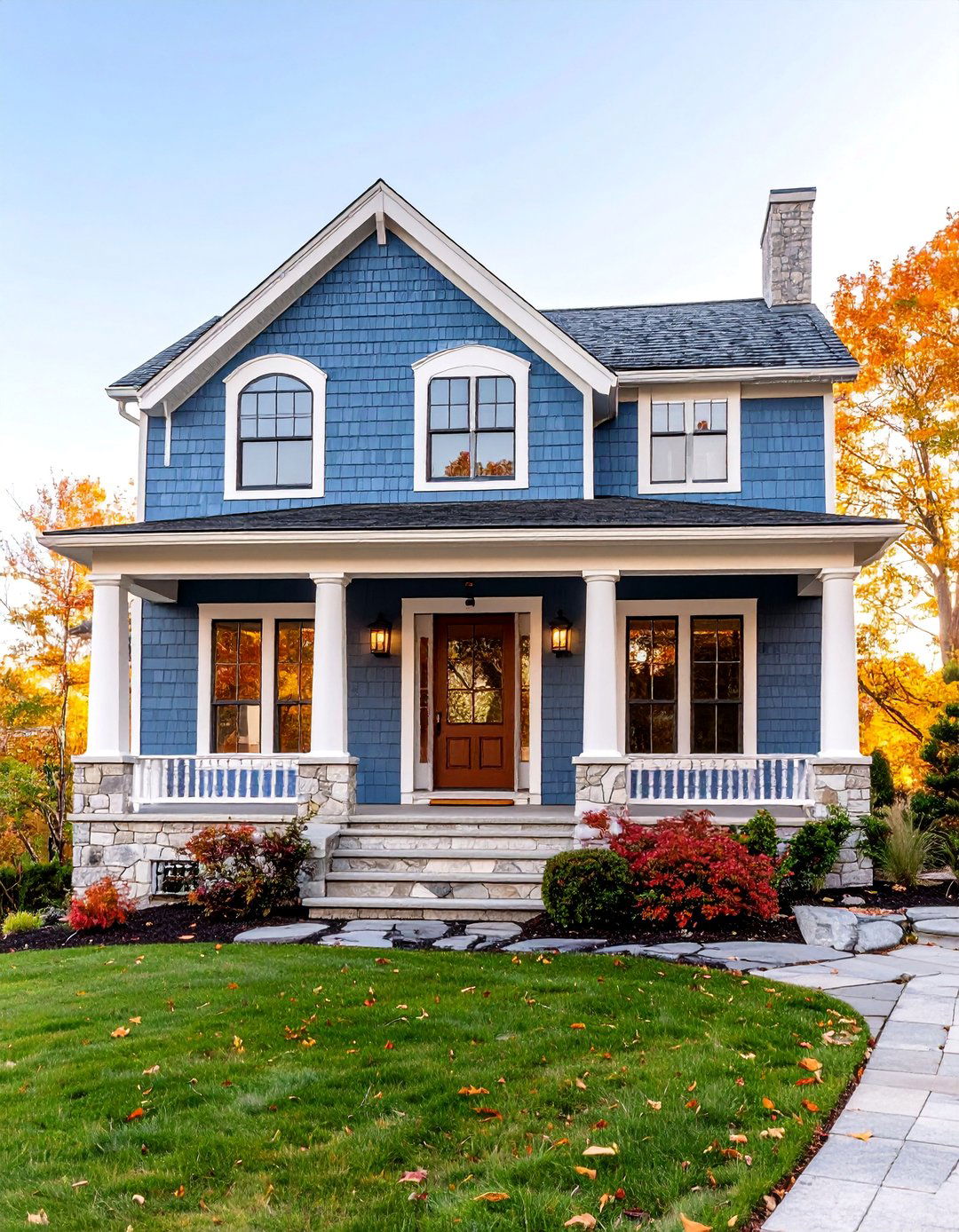
Leave a Reply